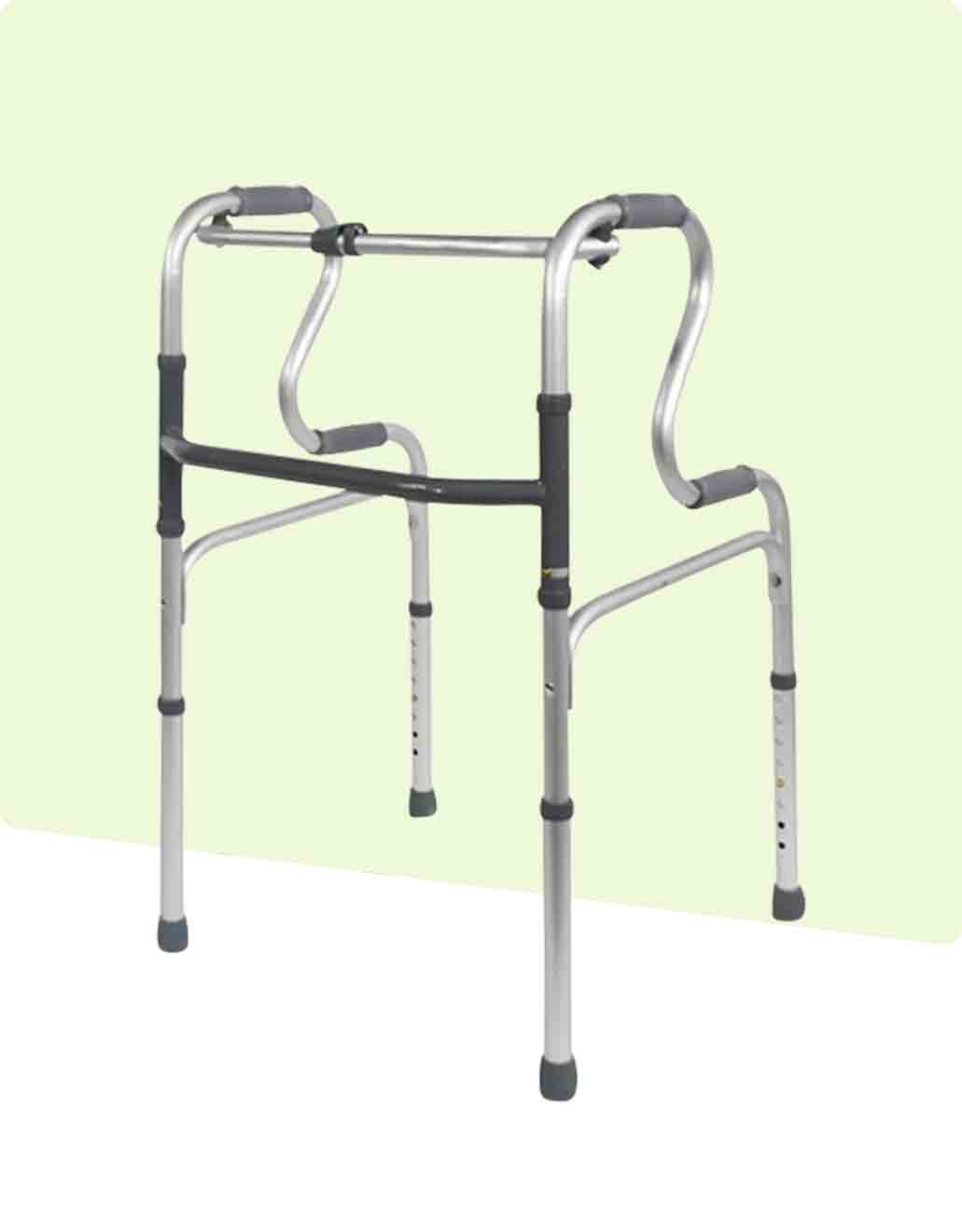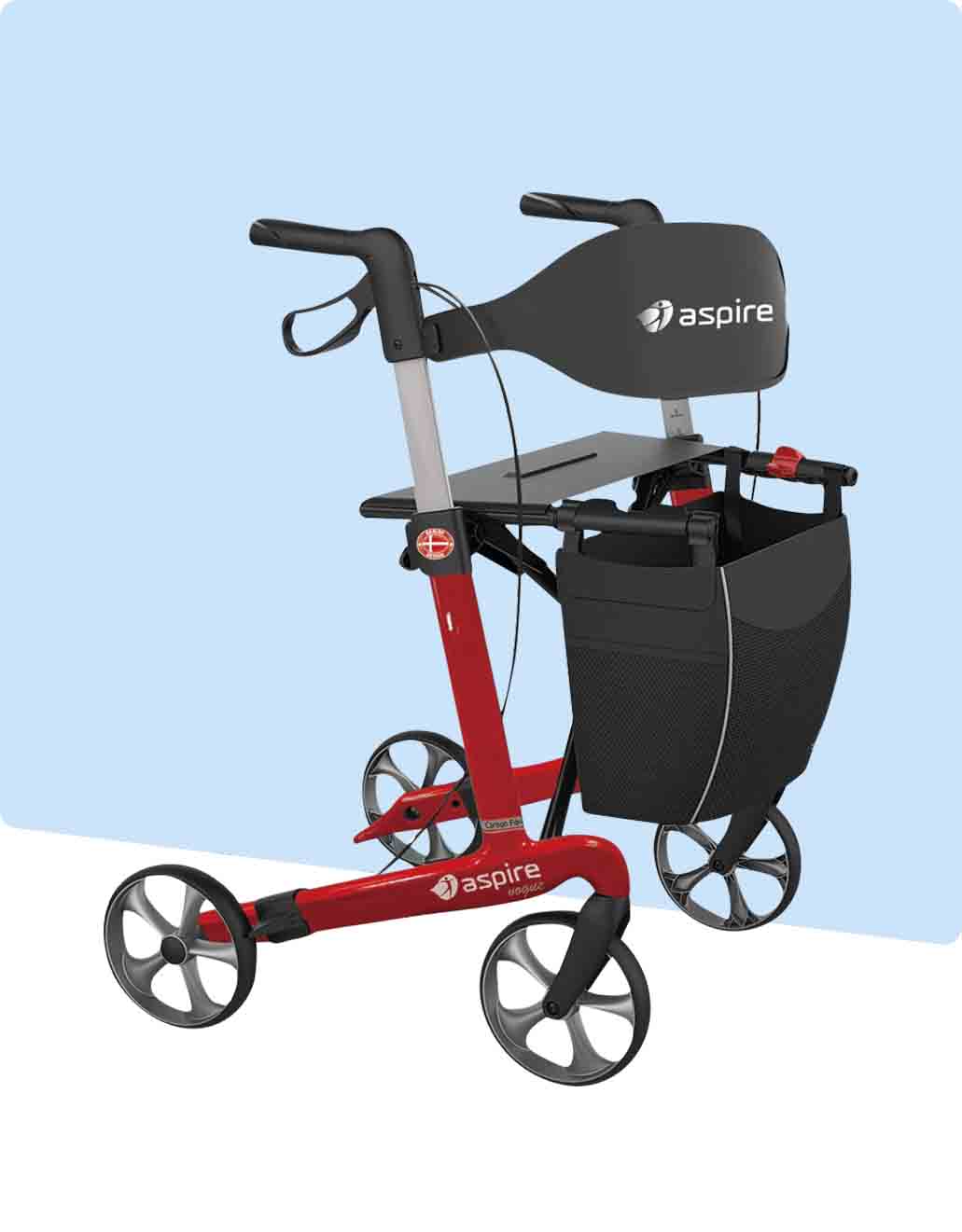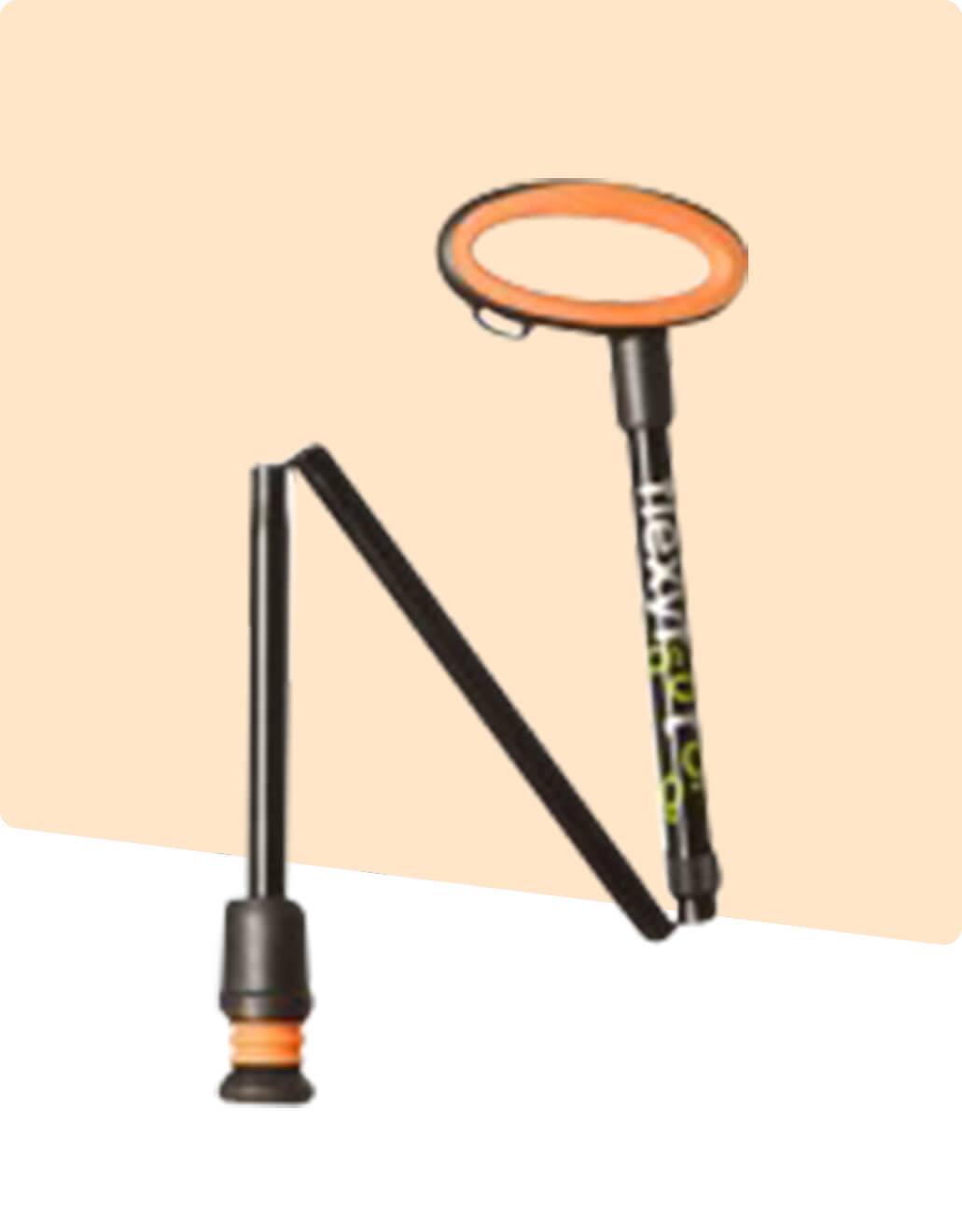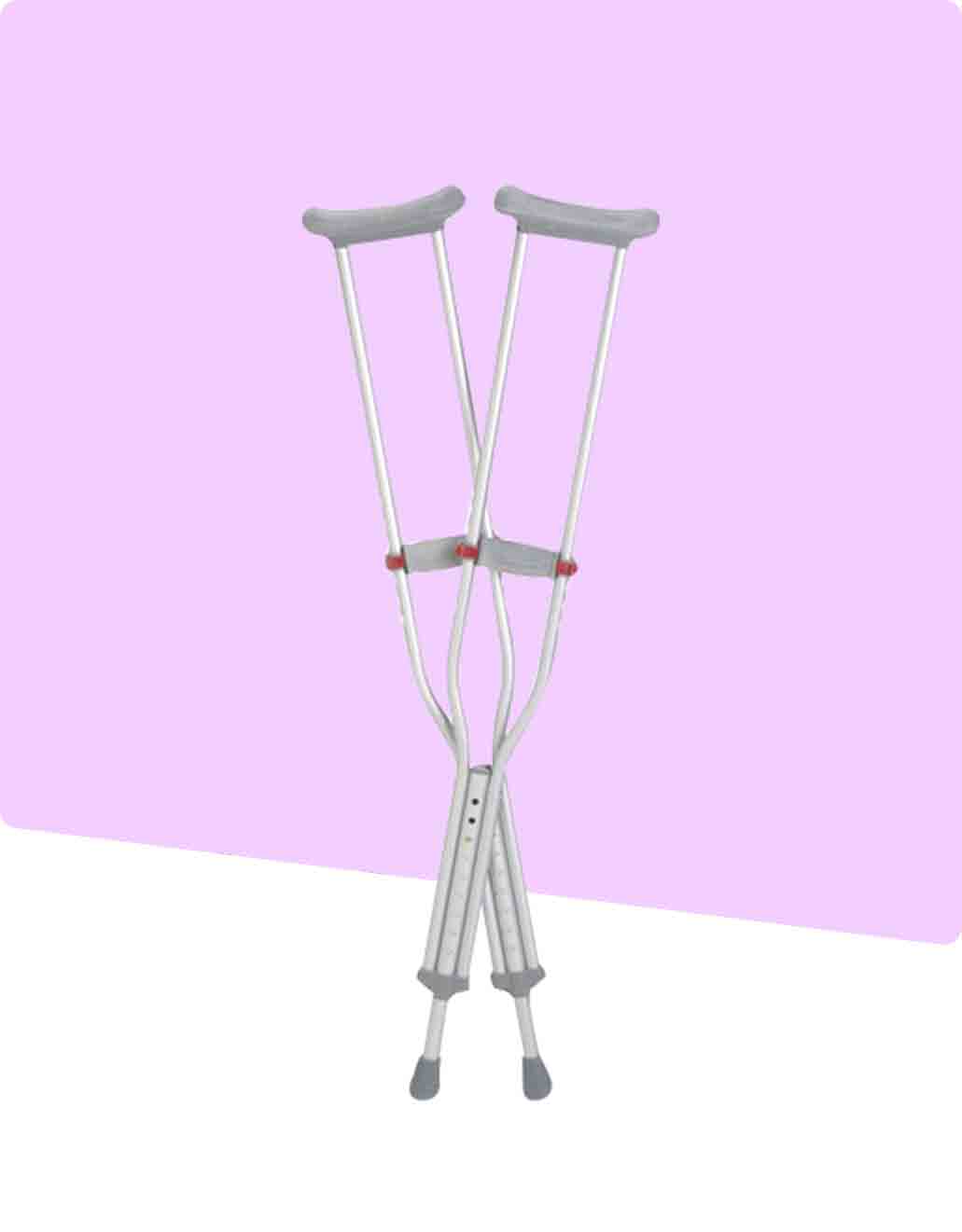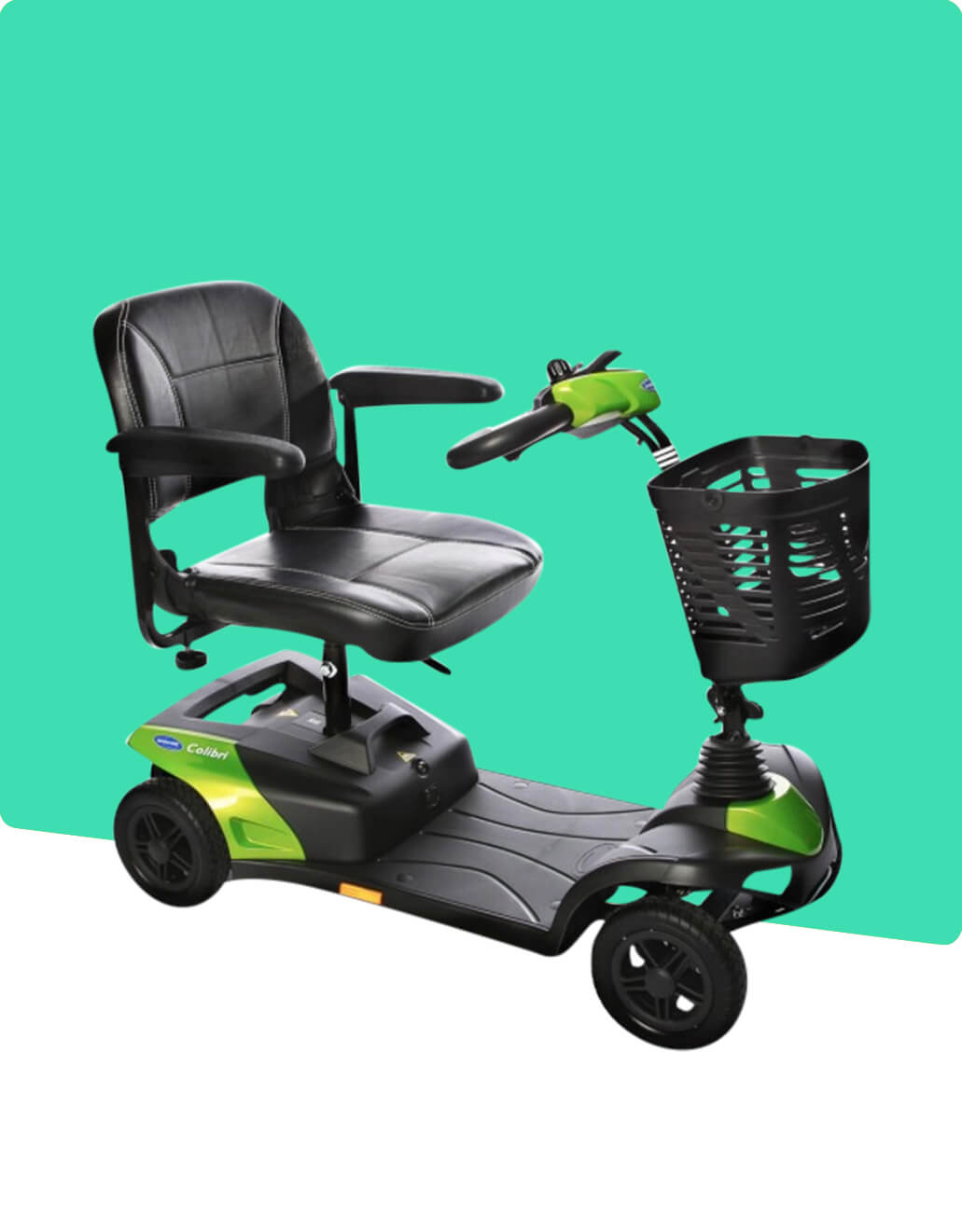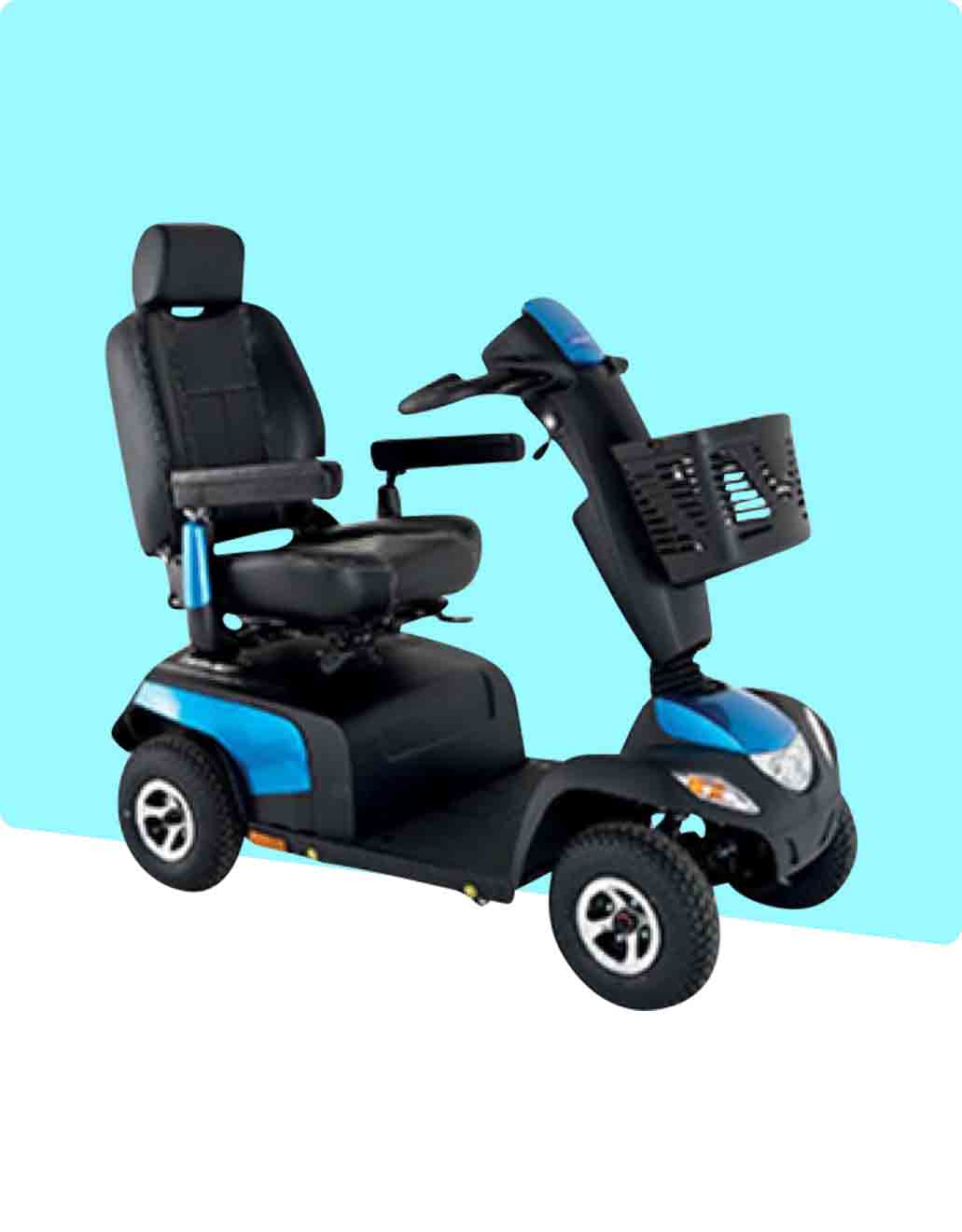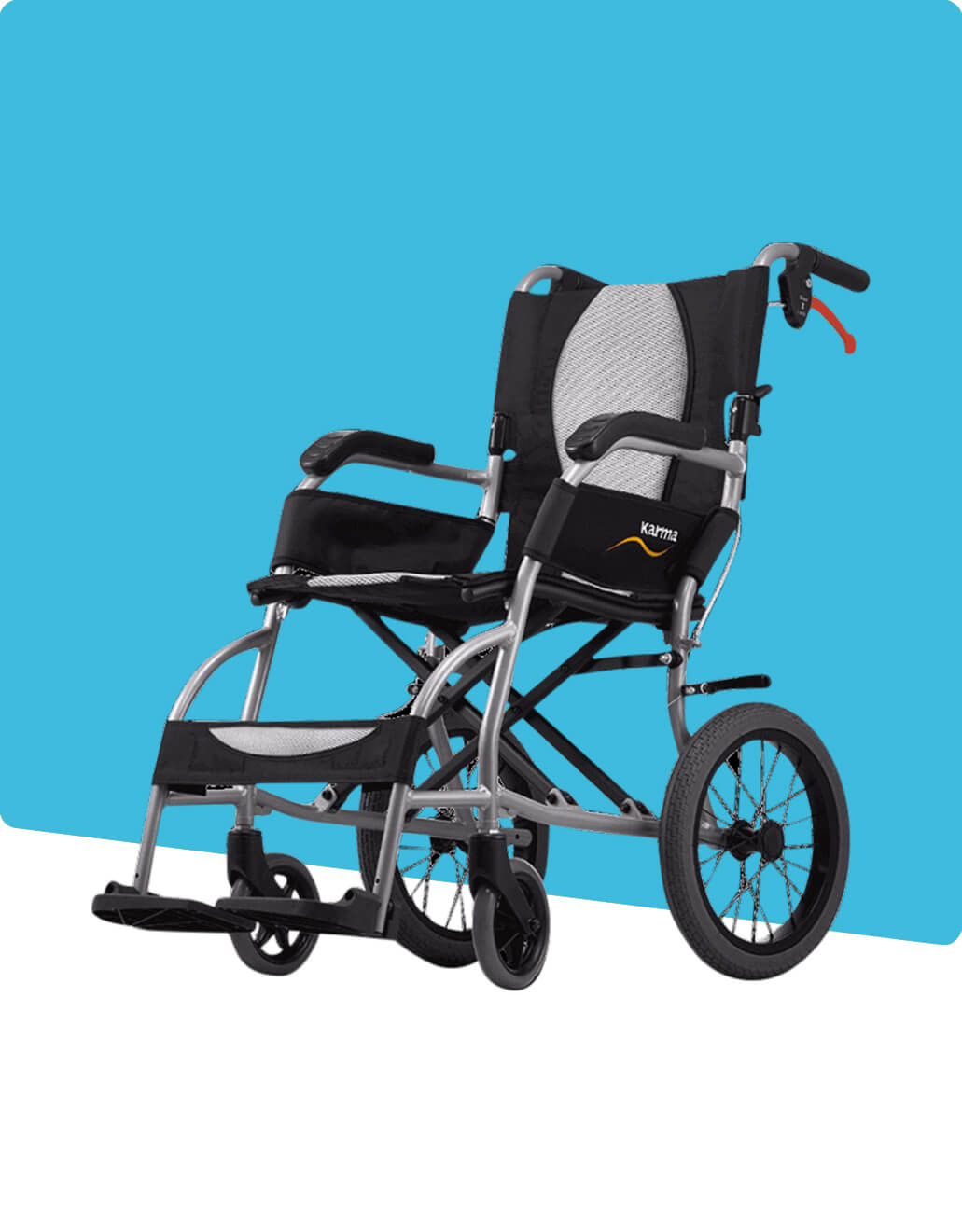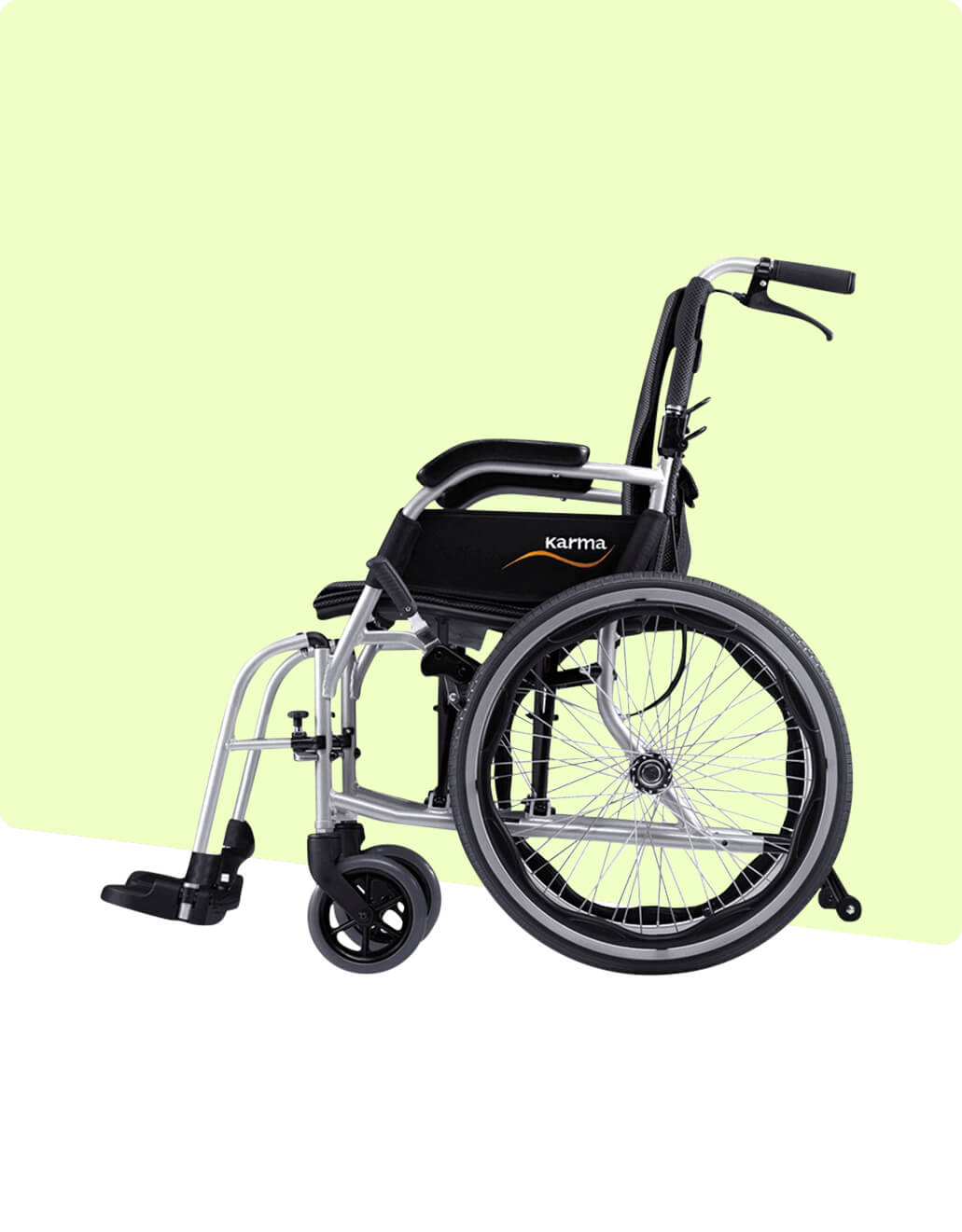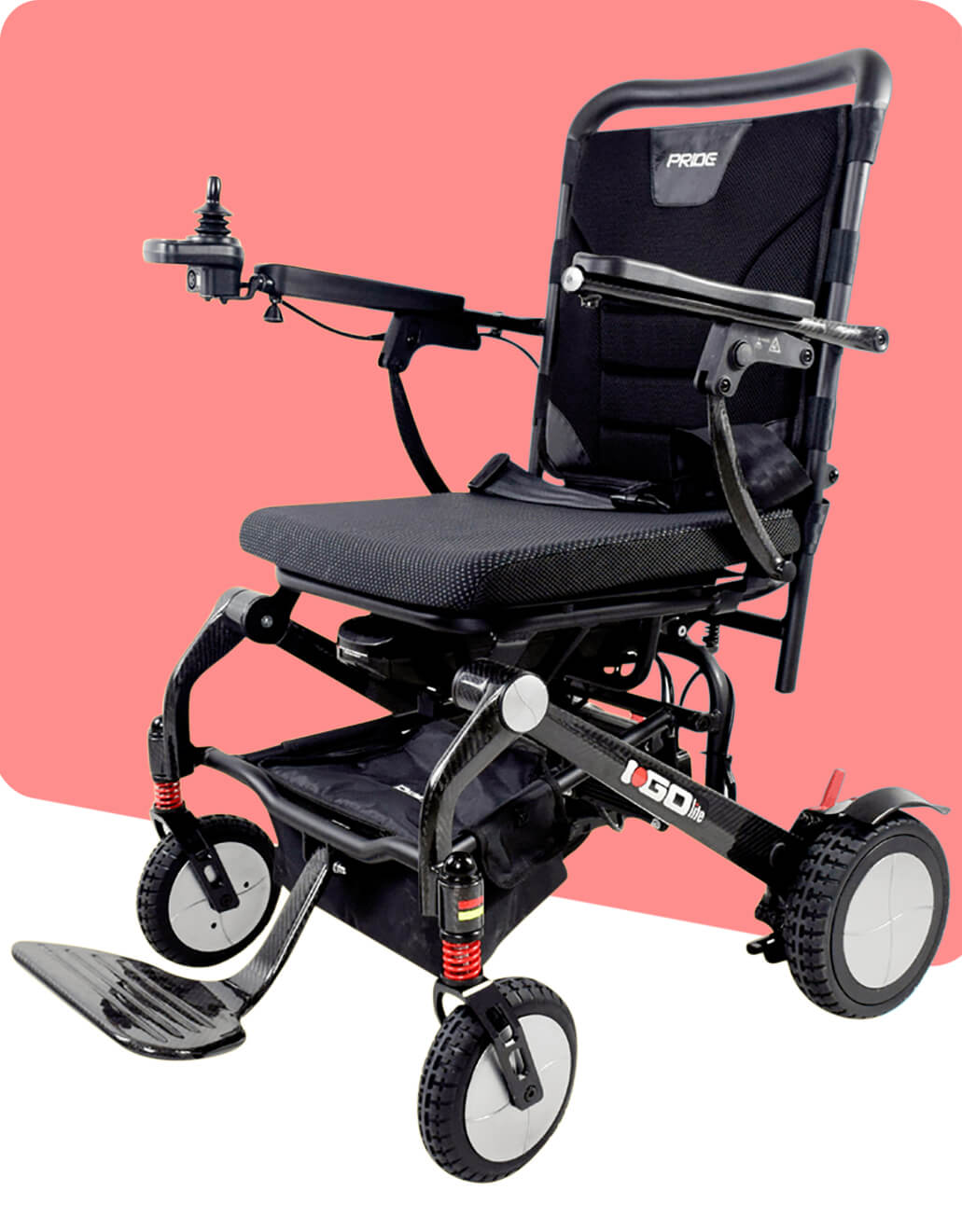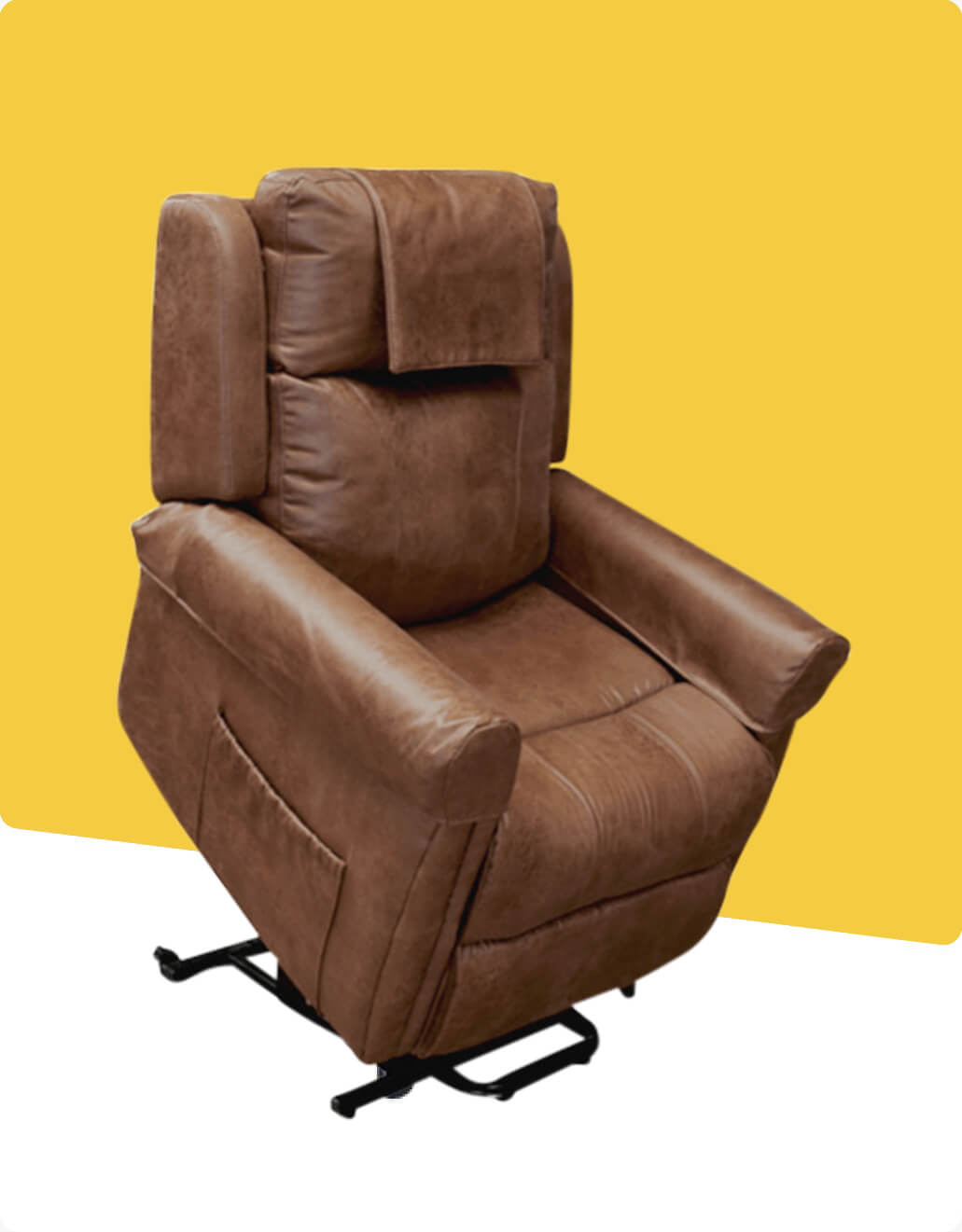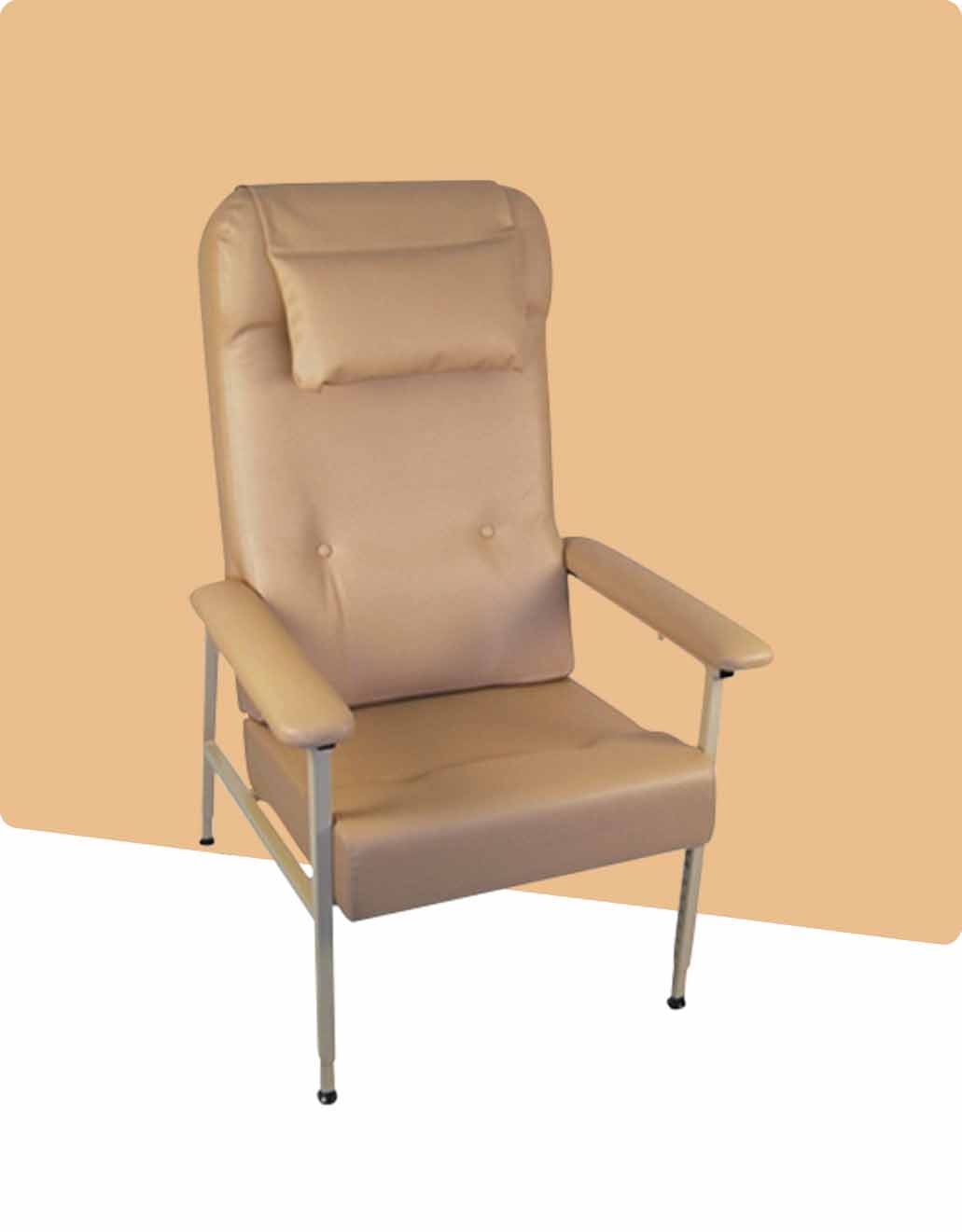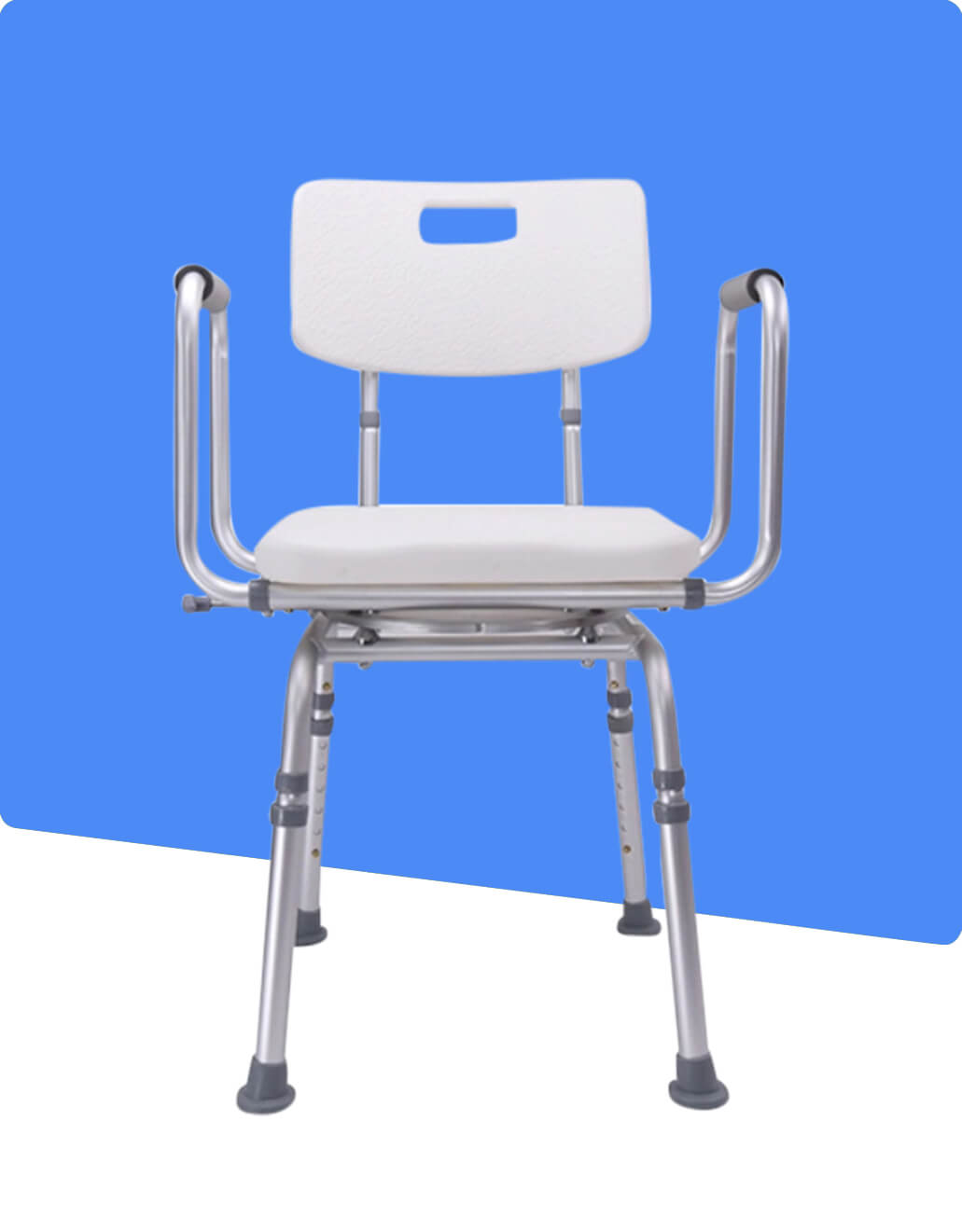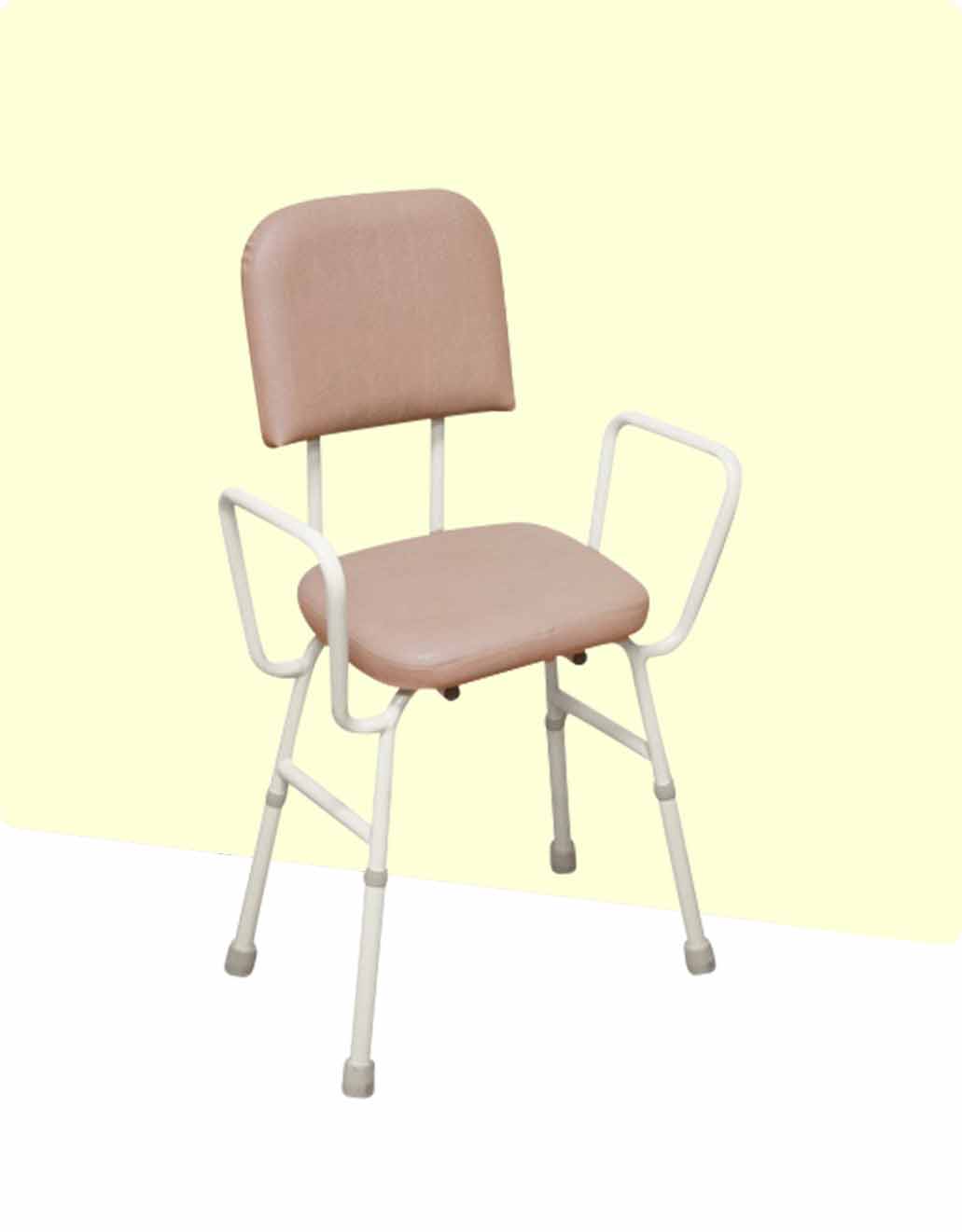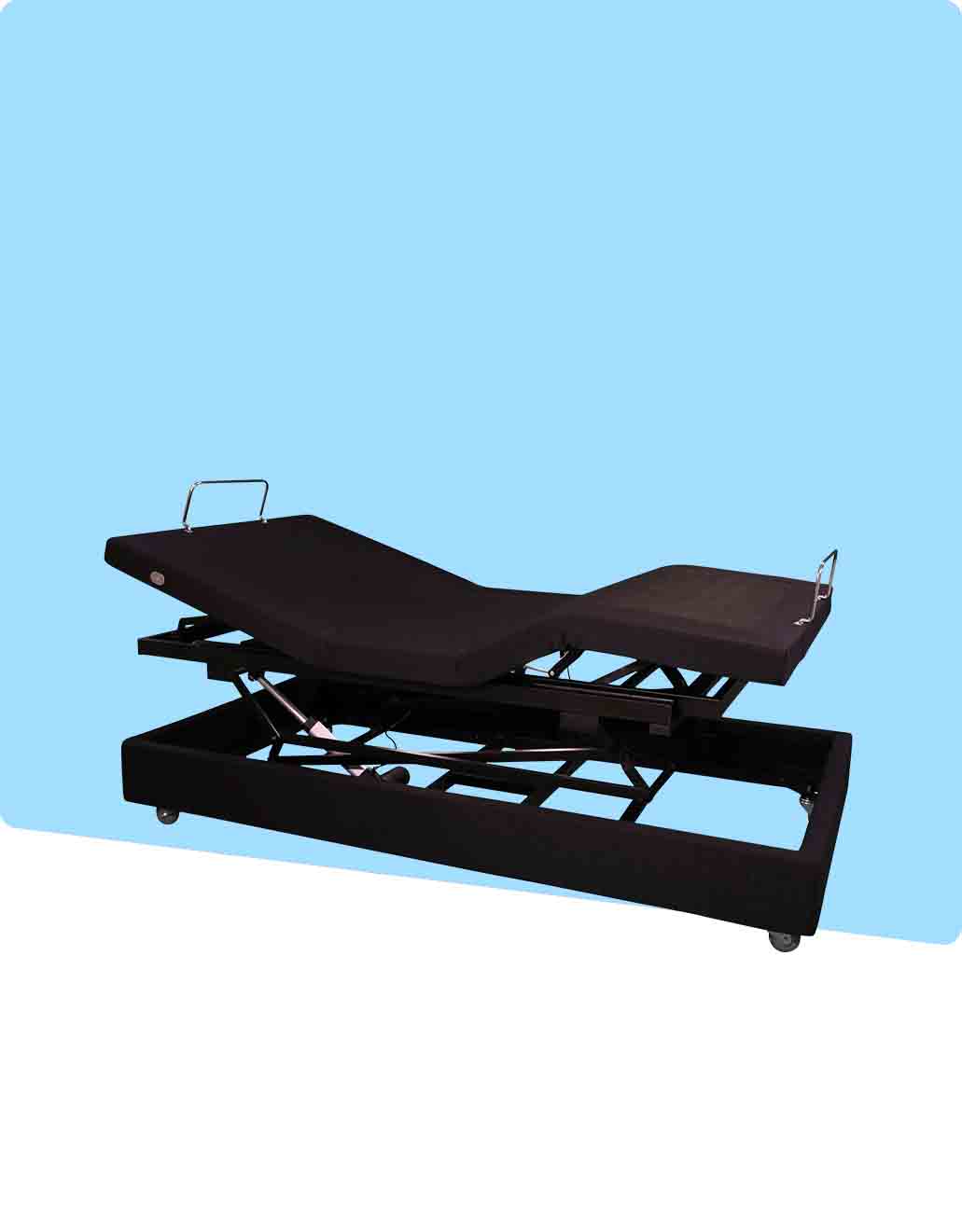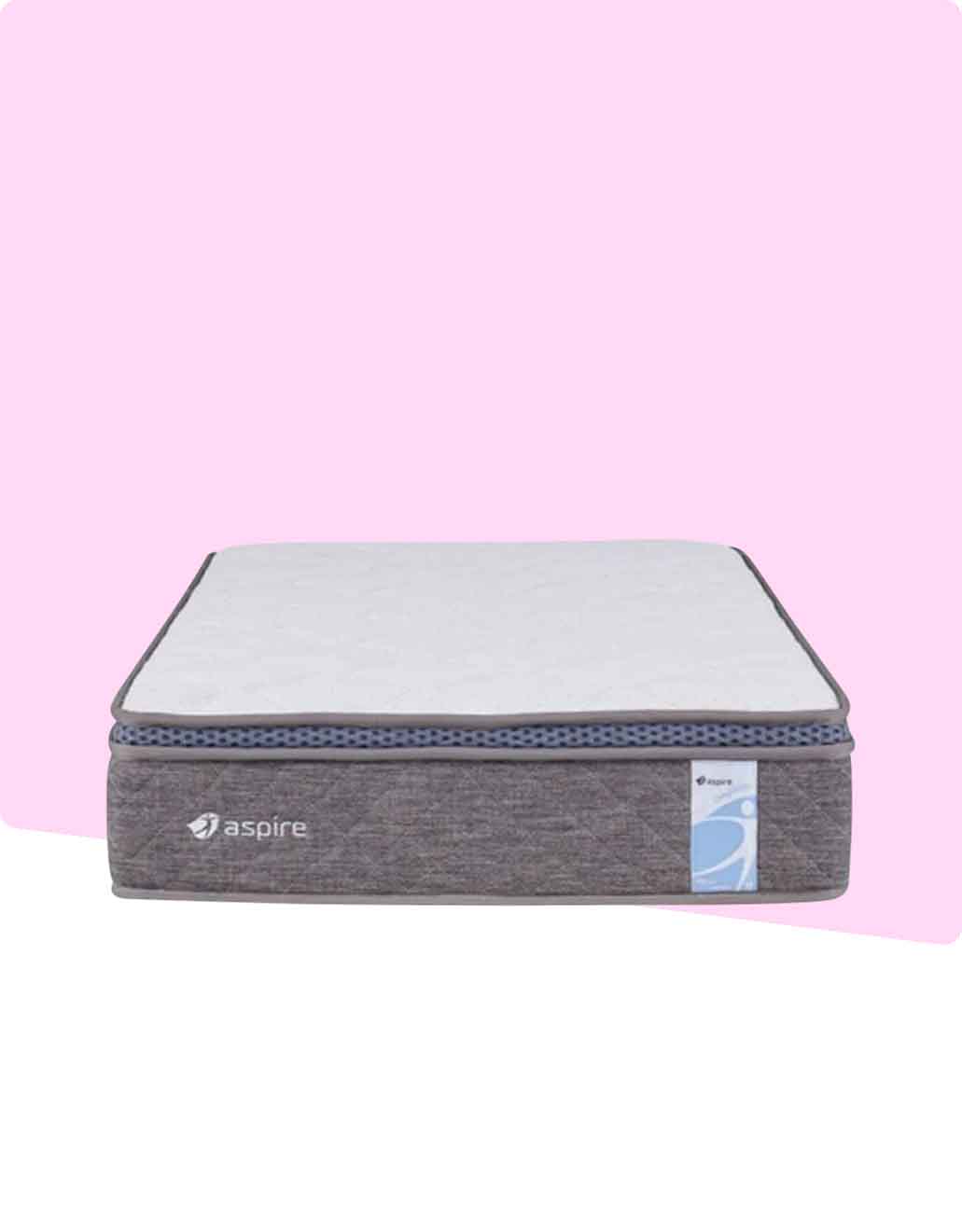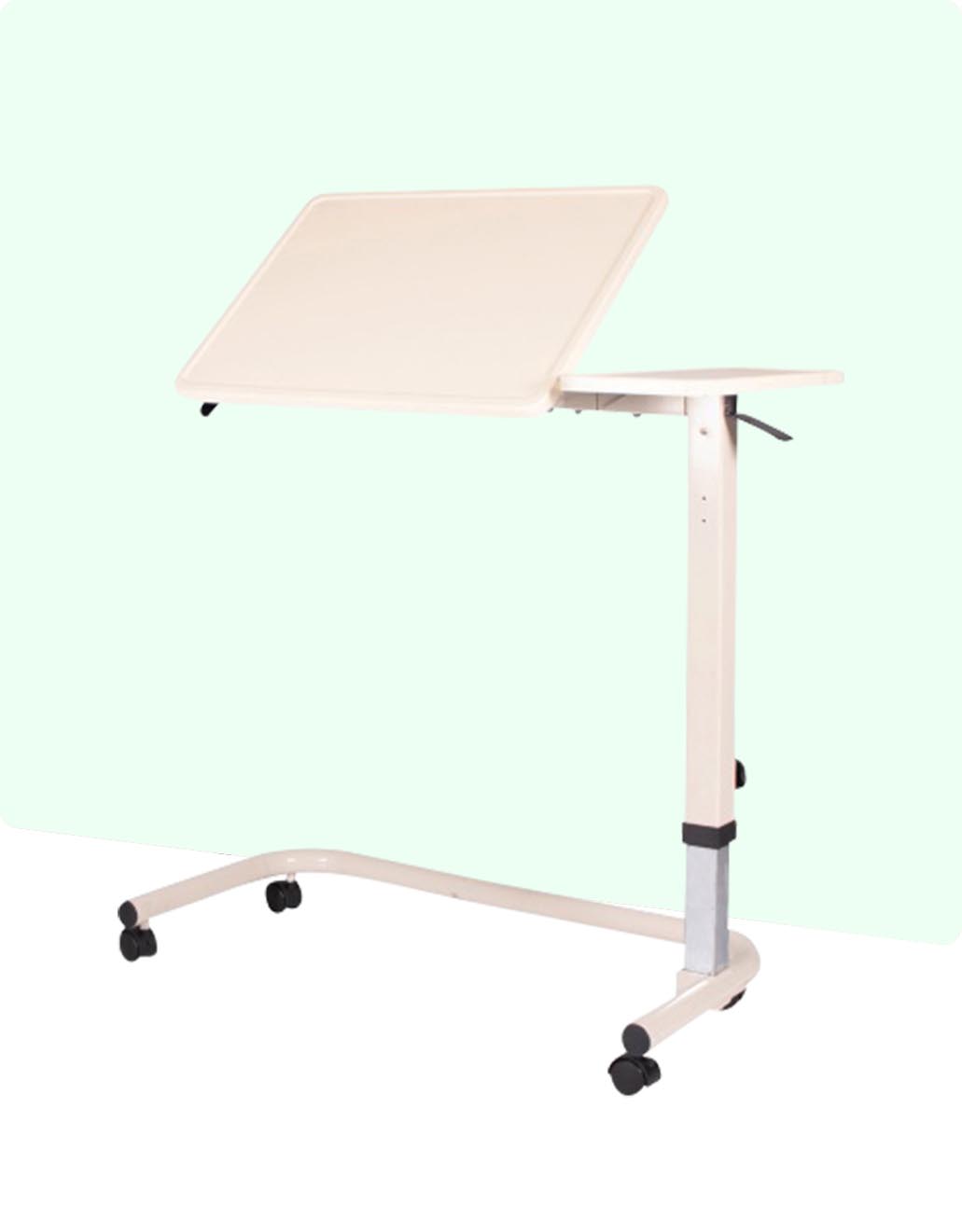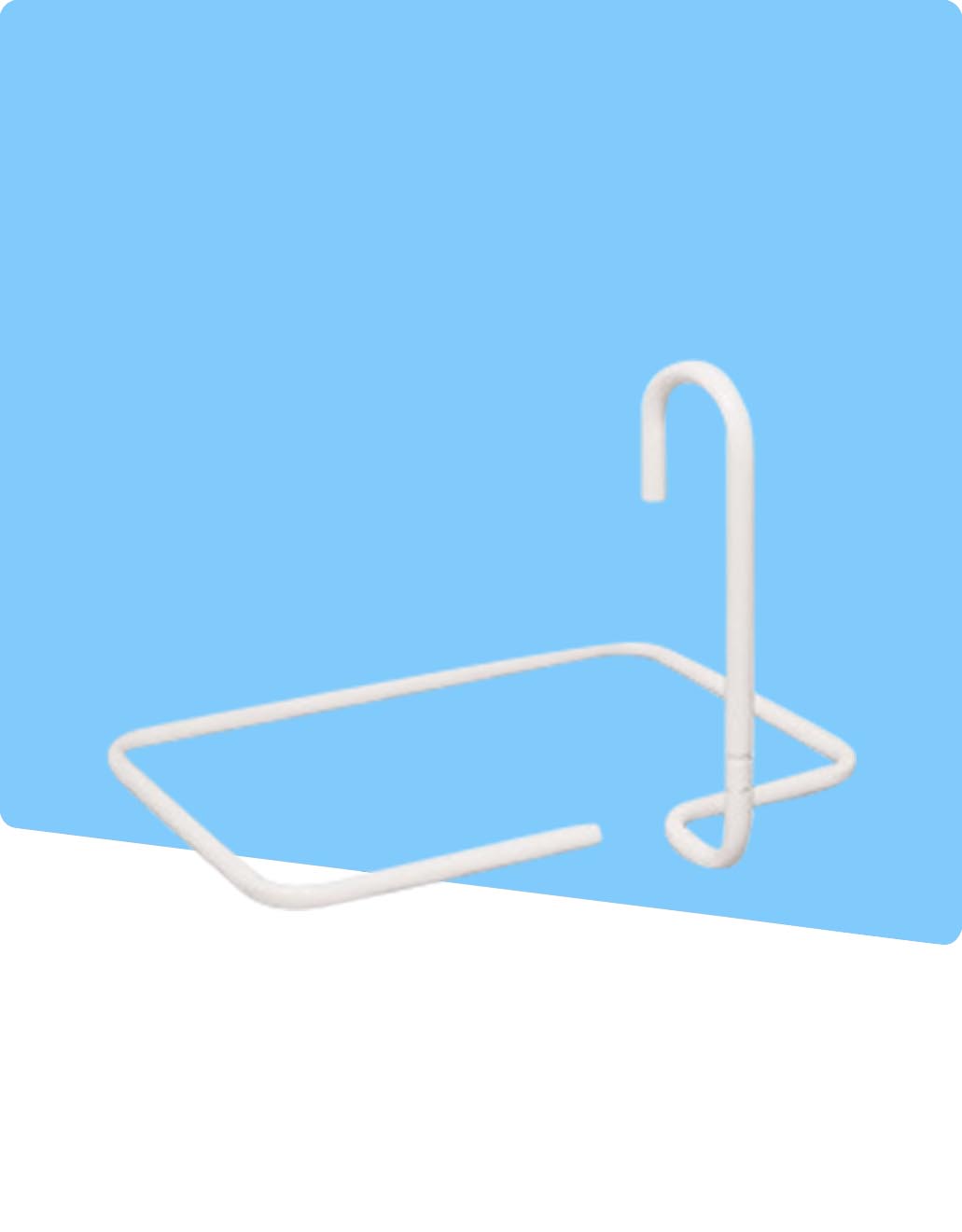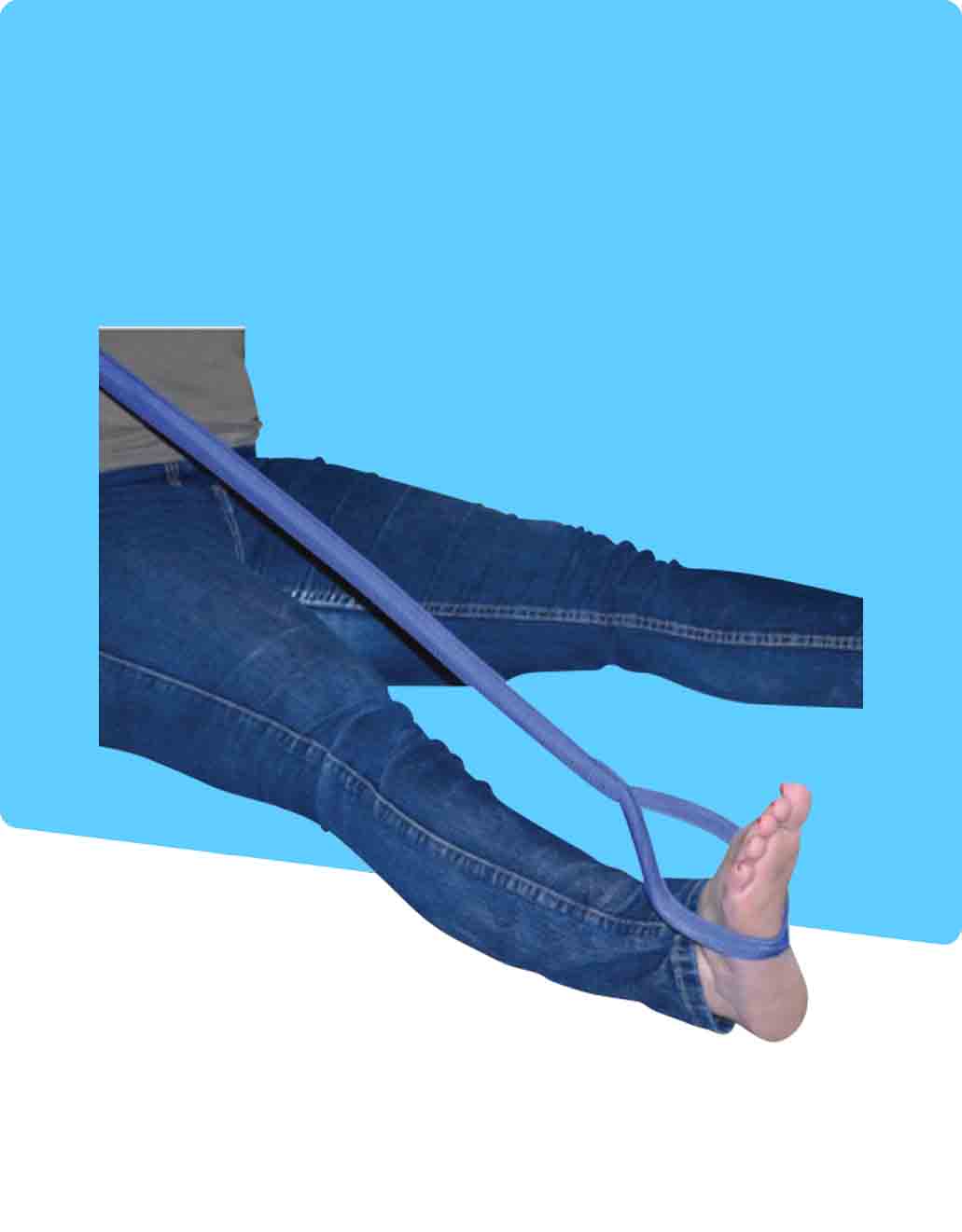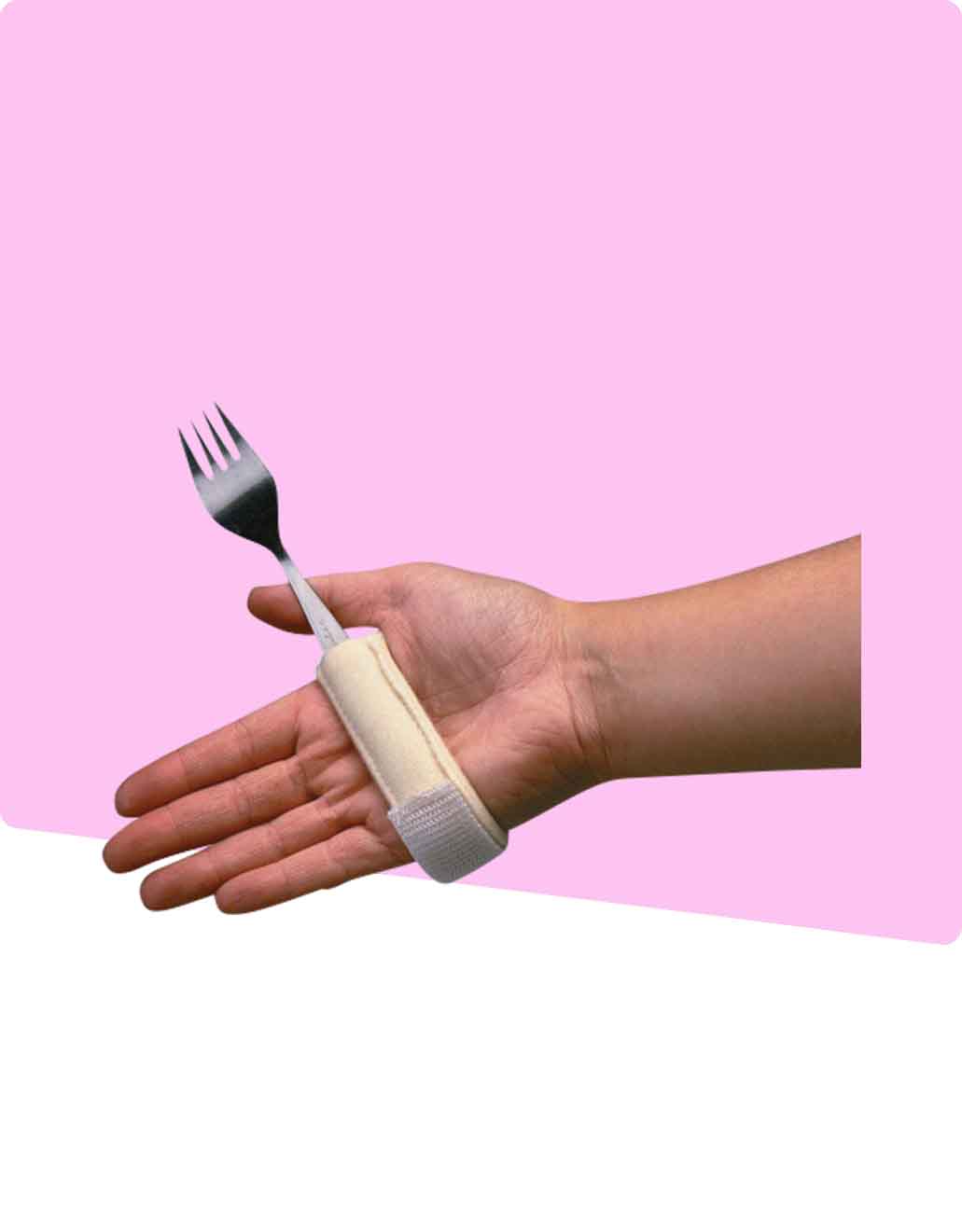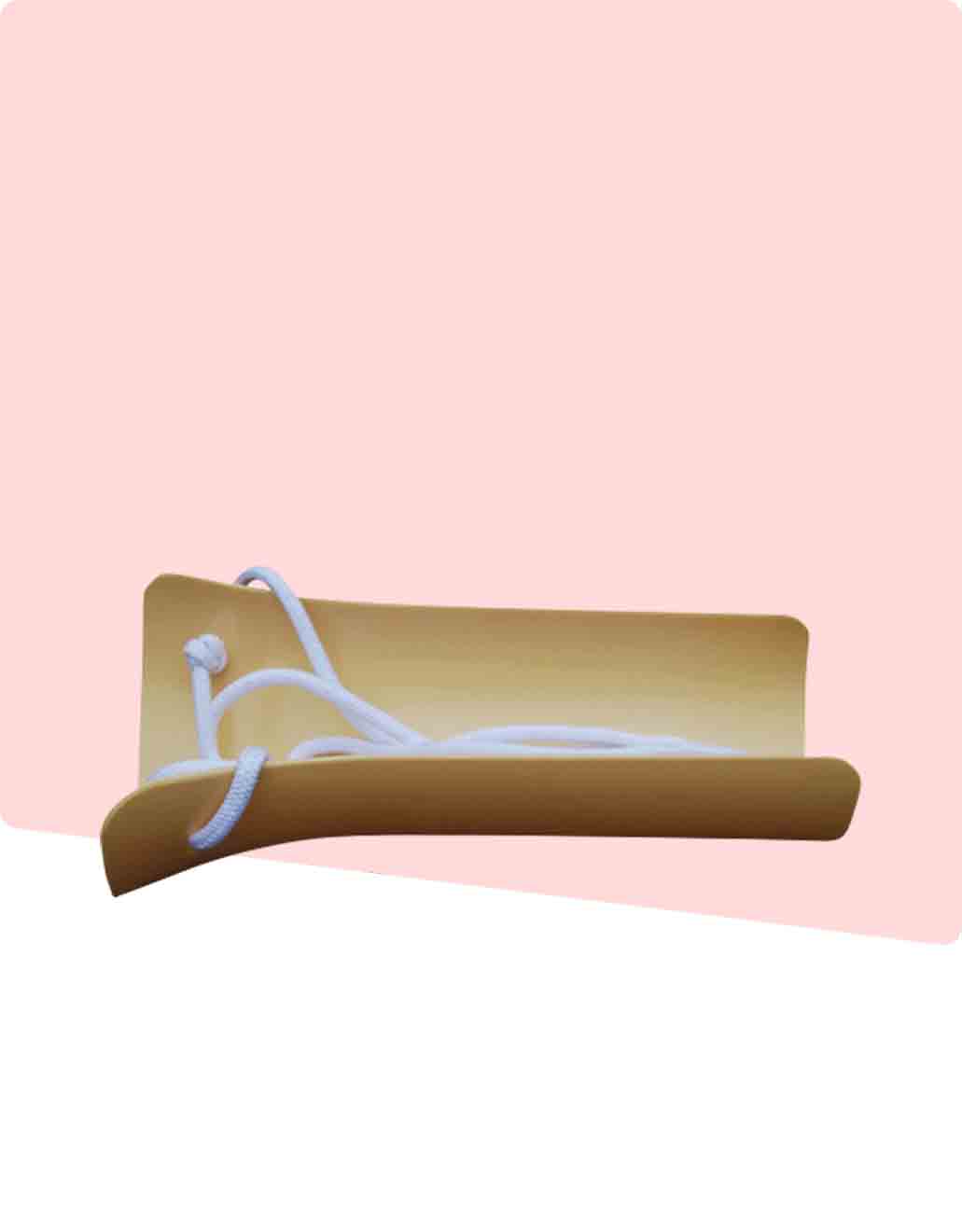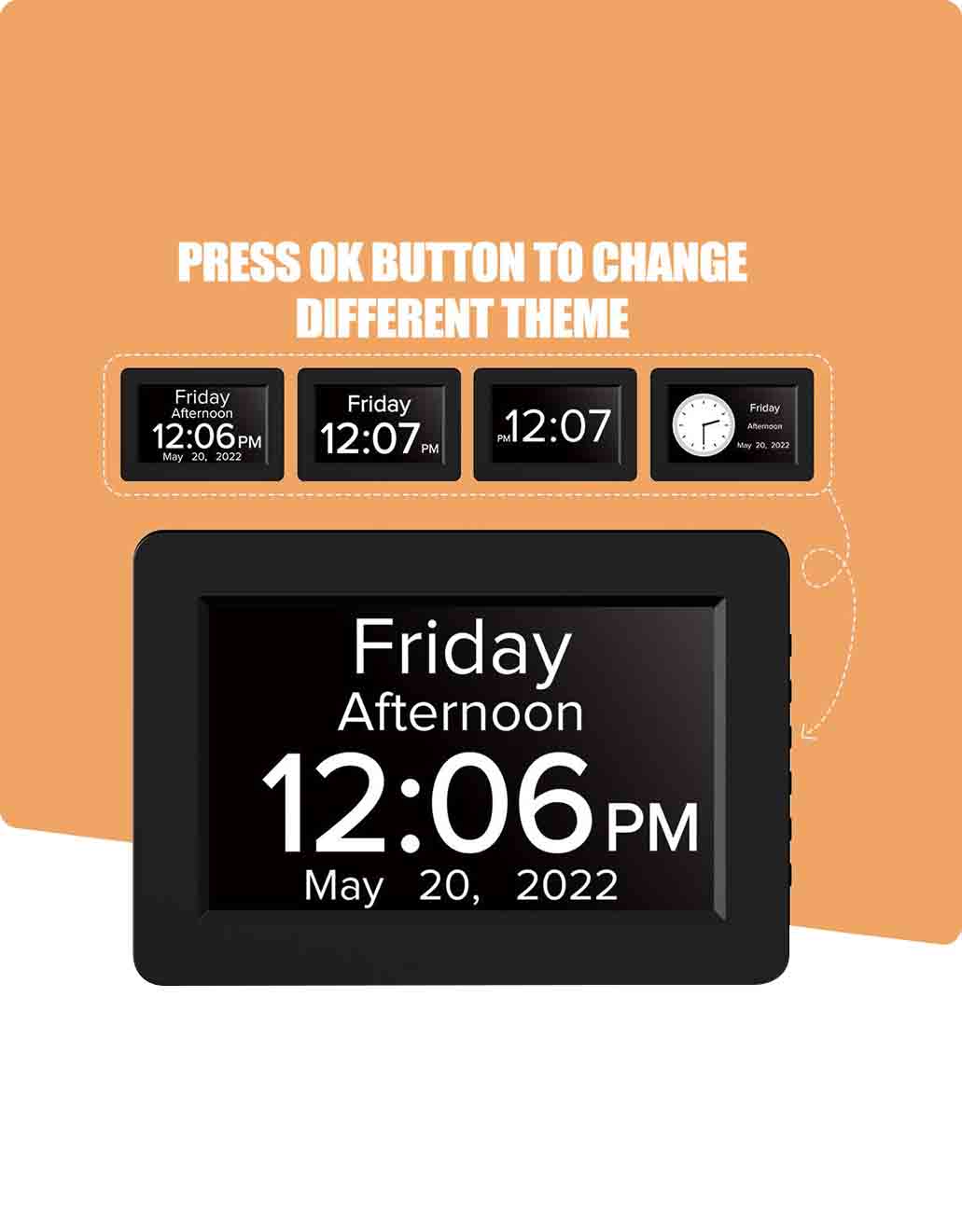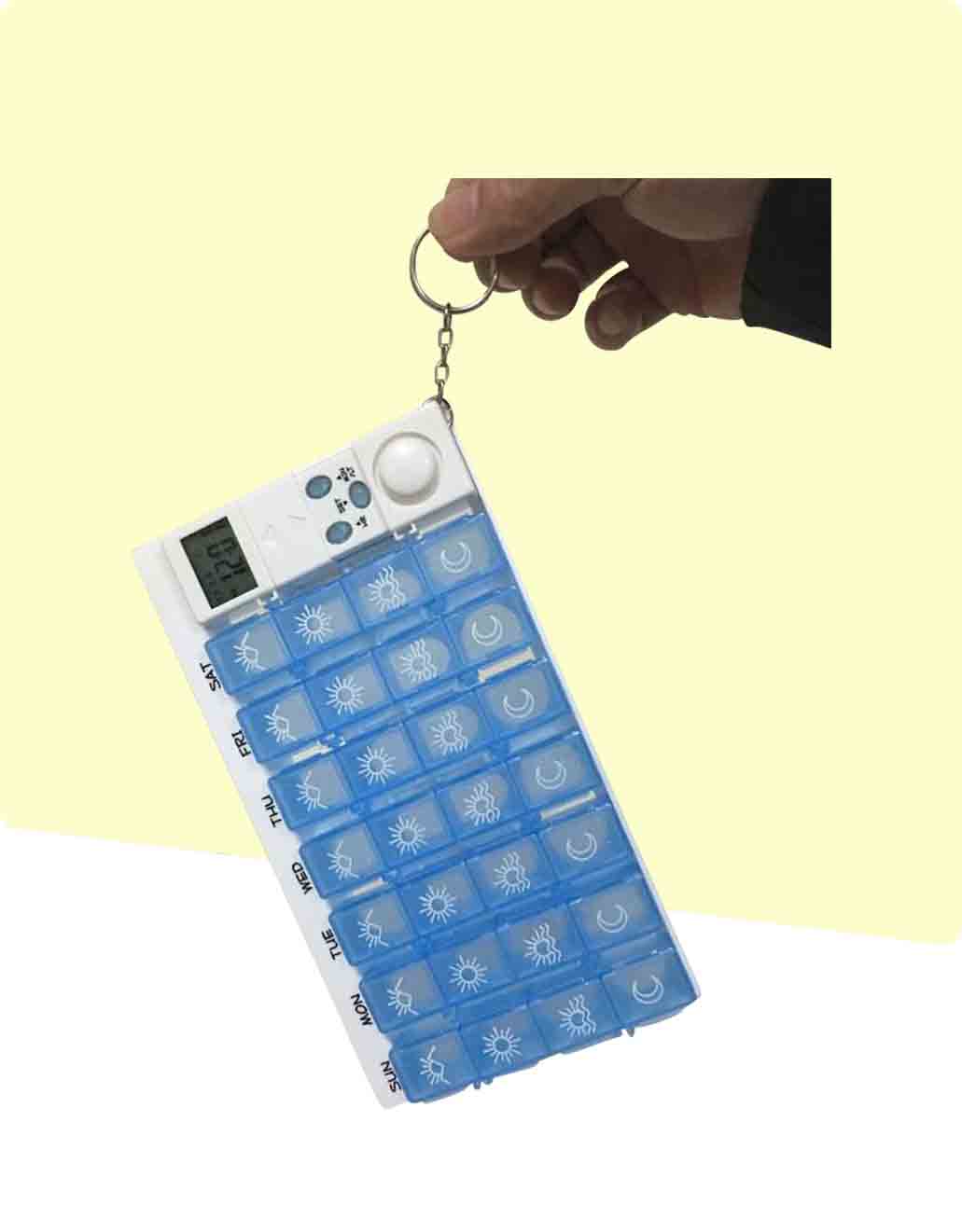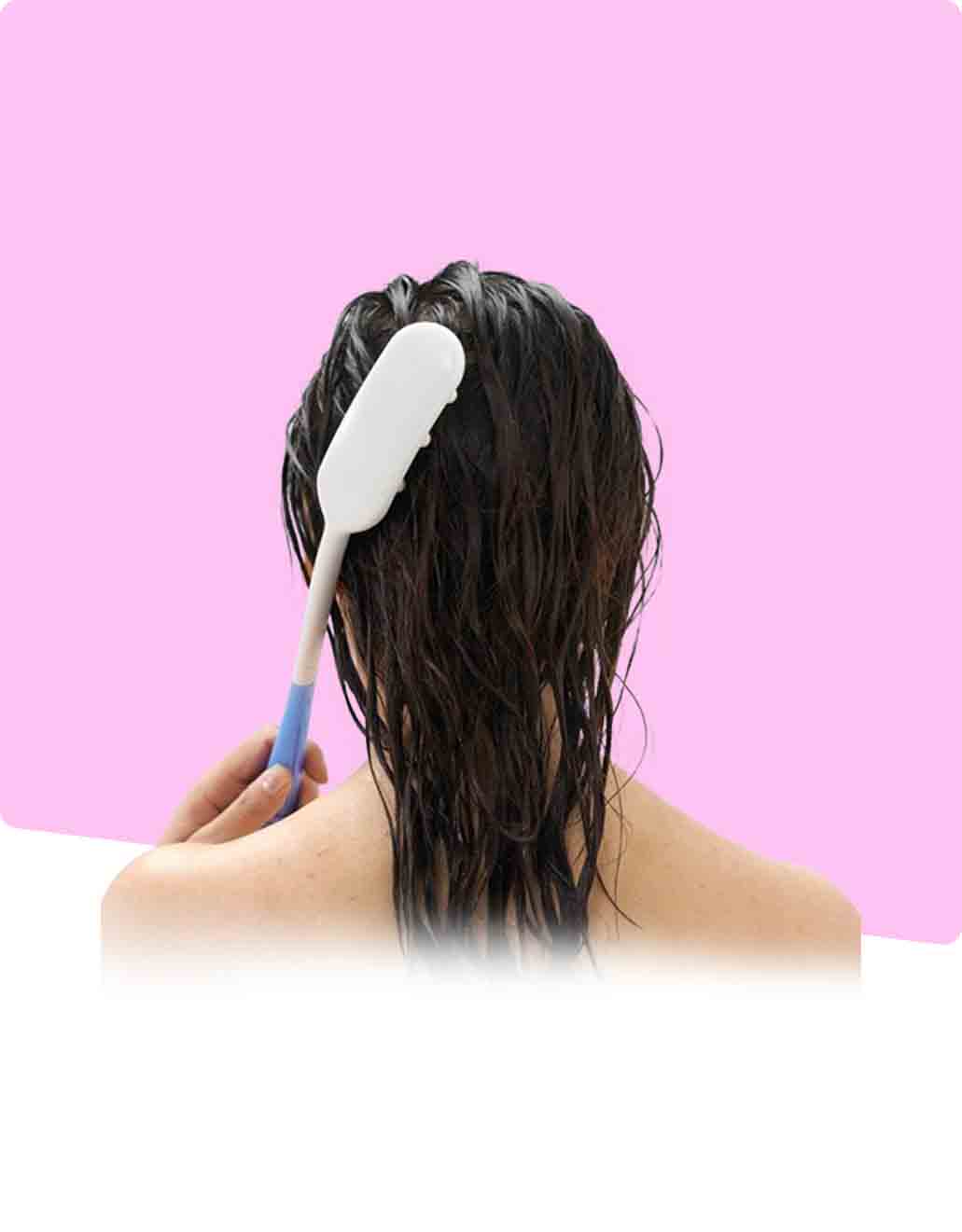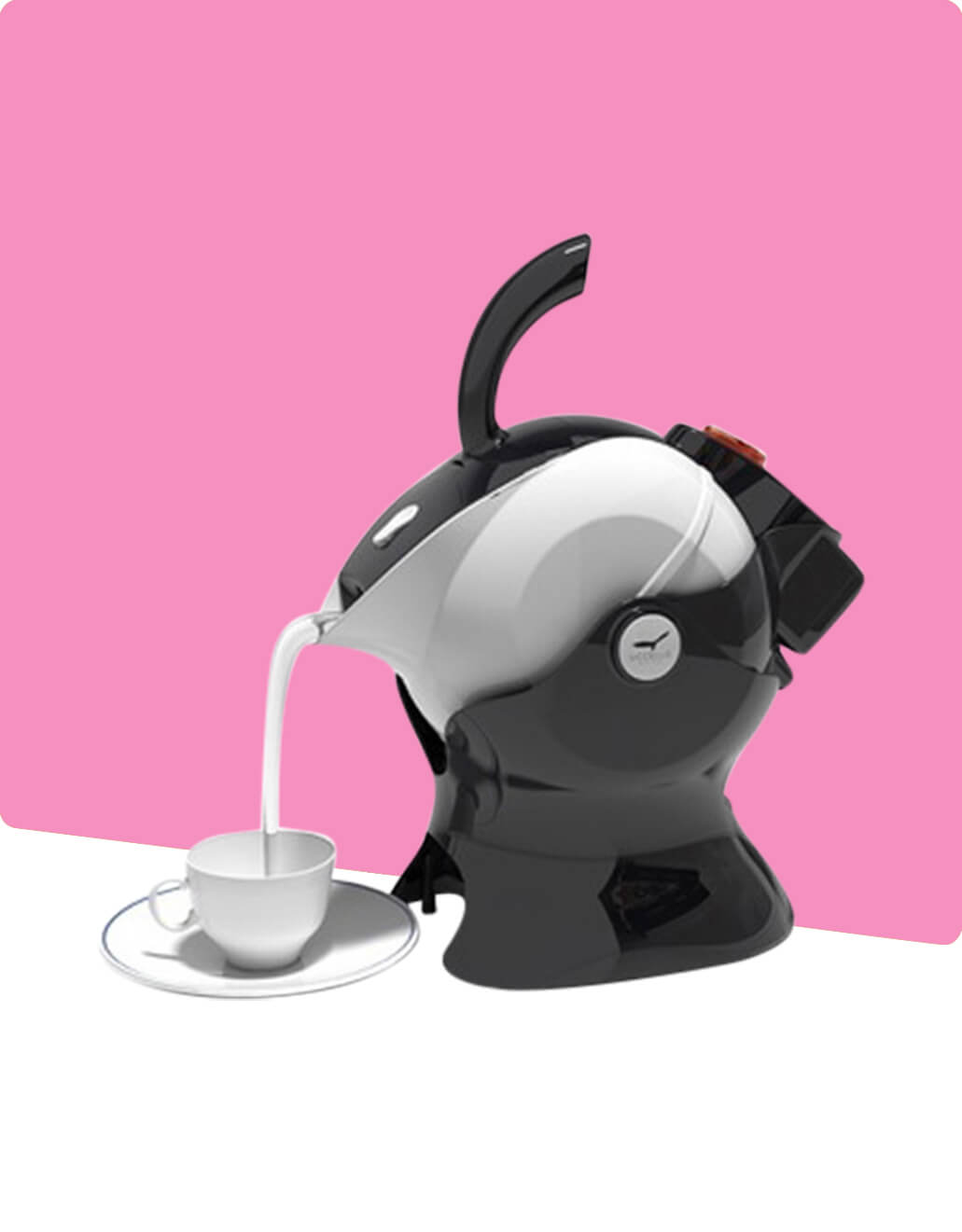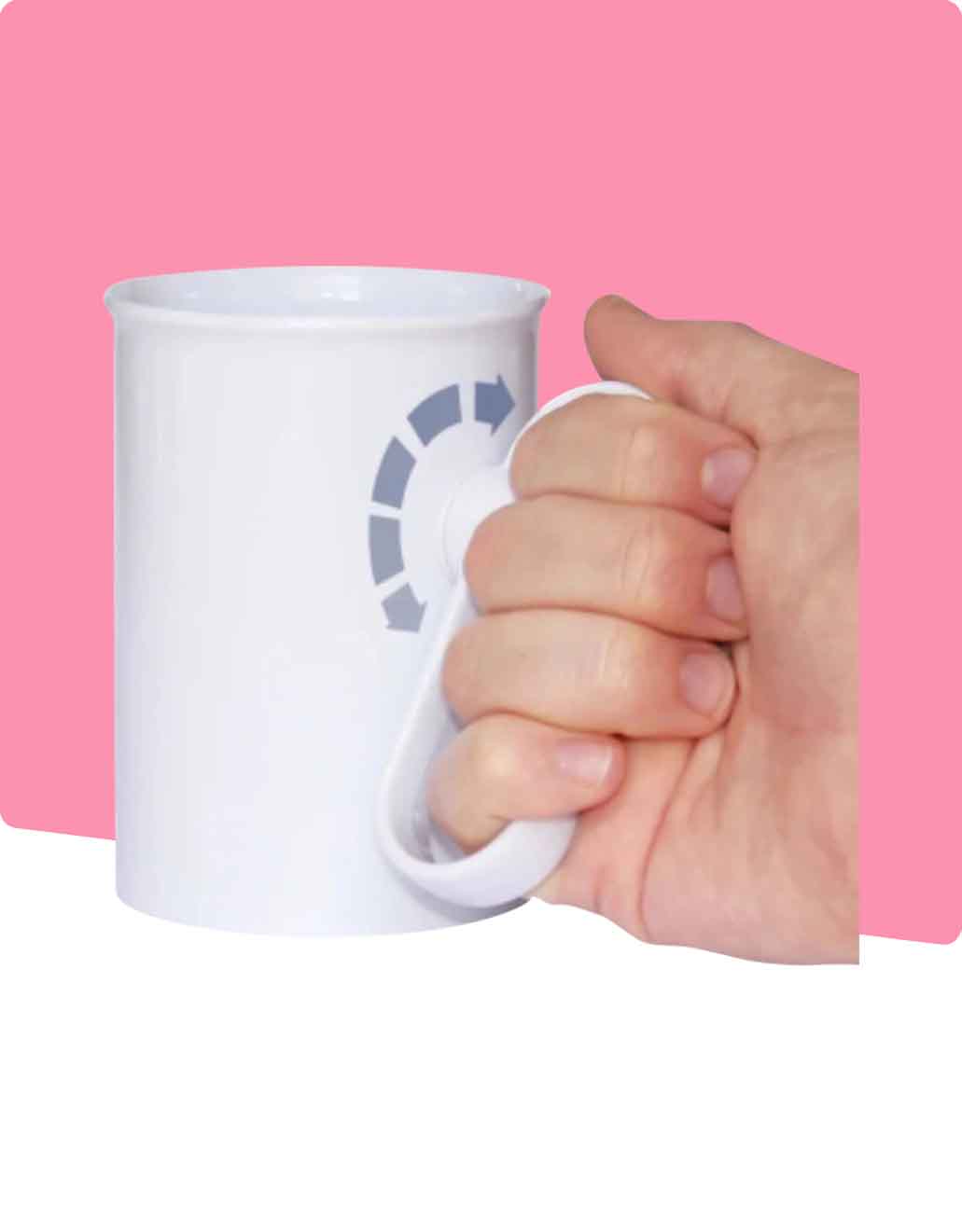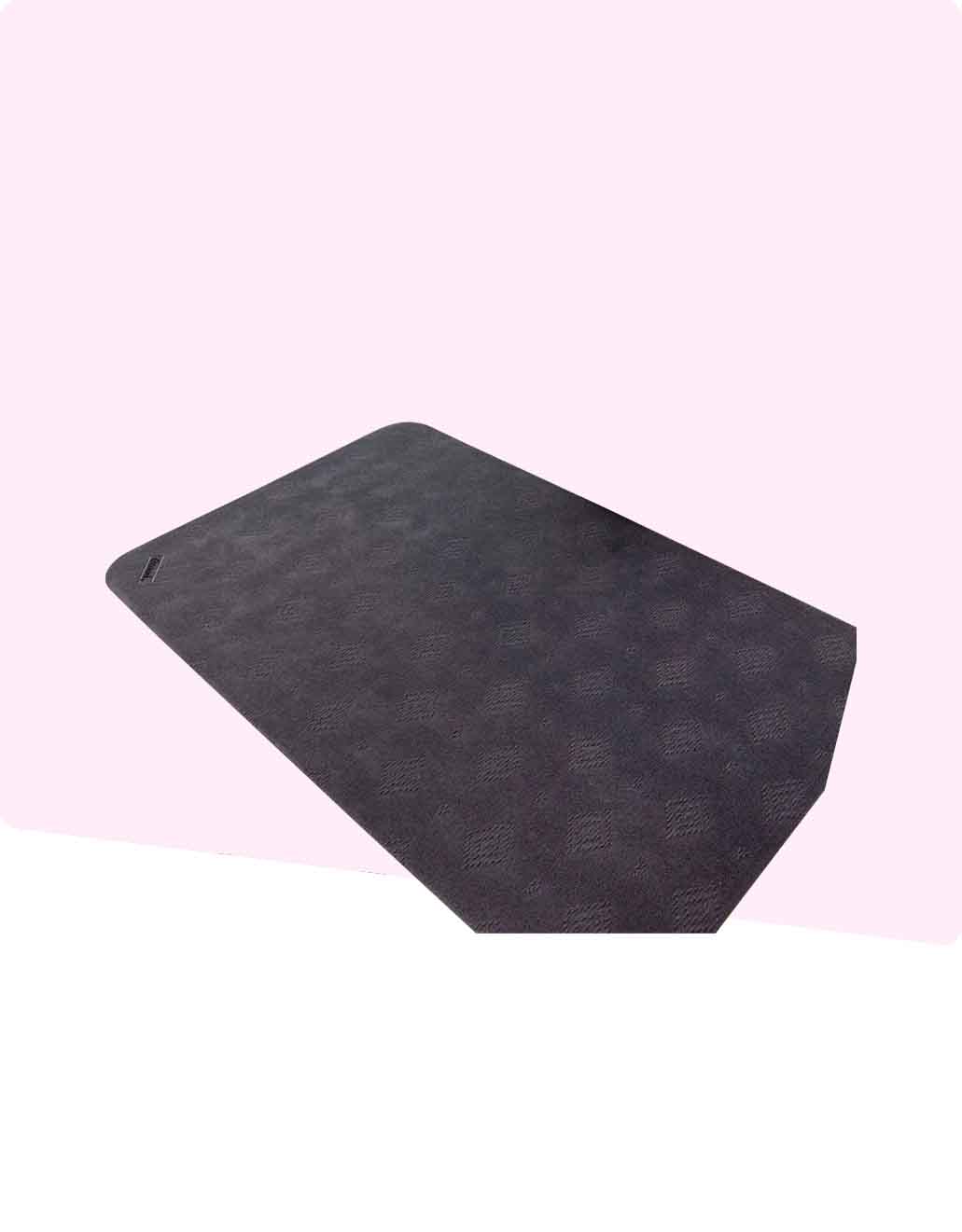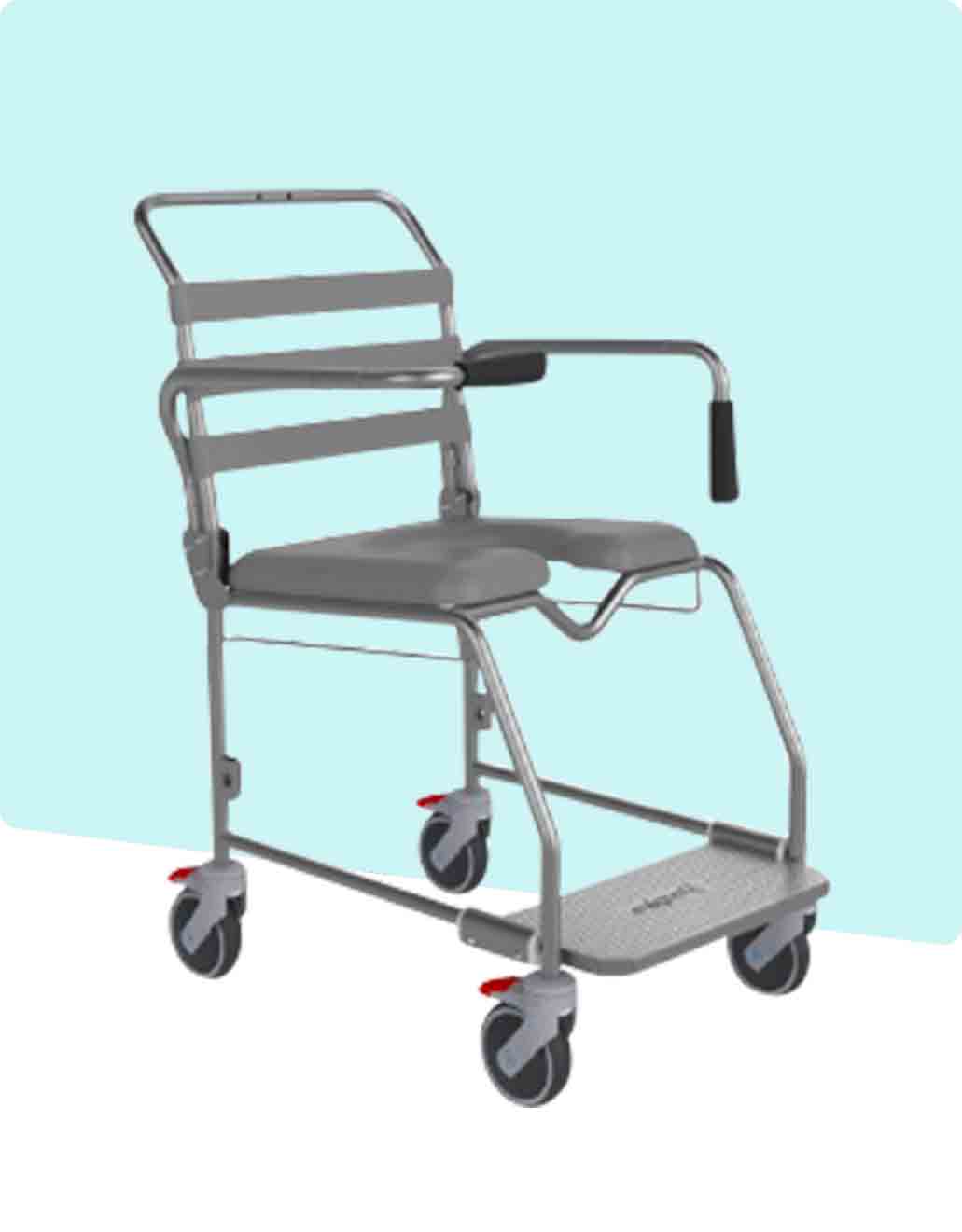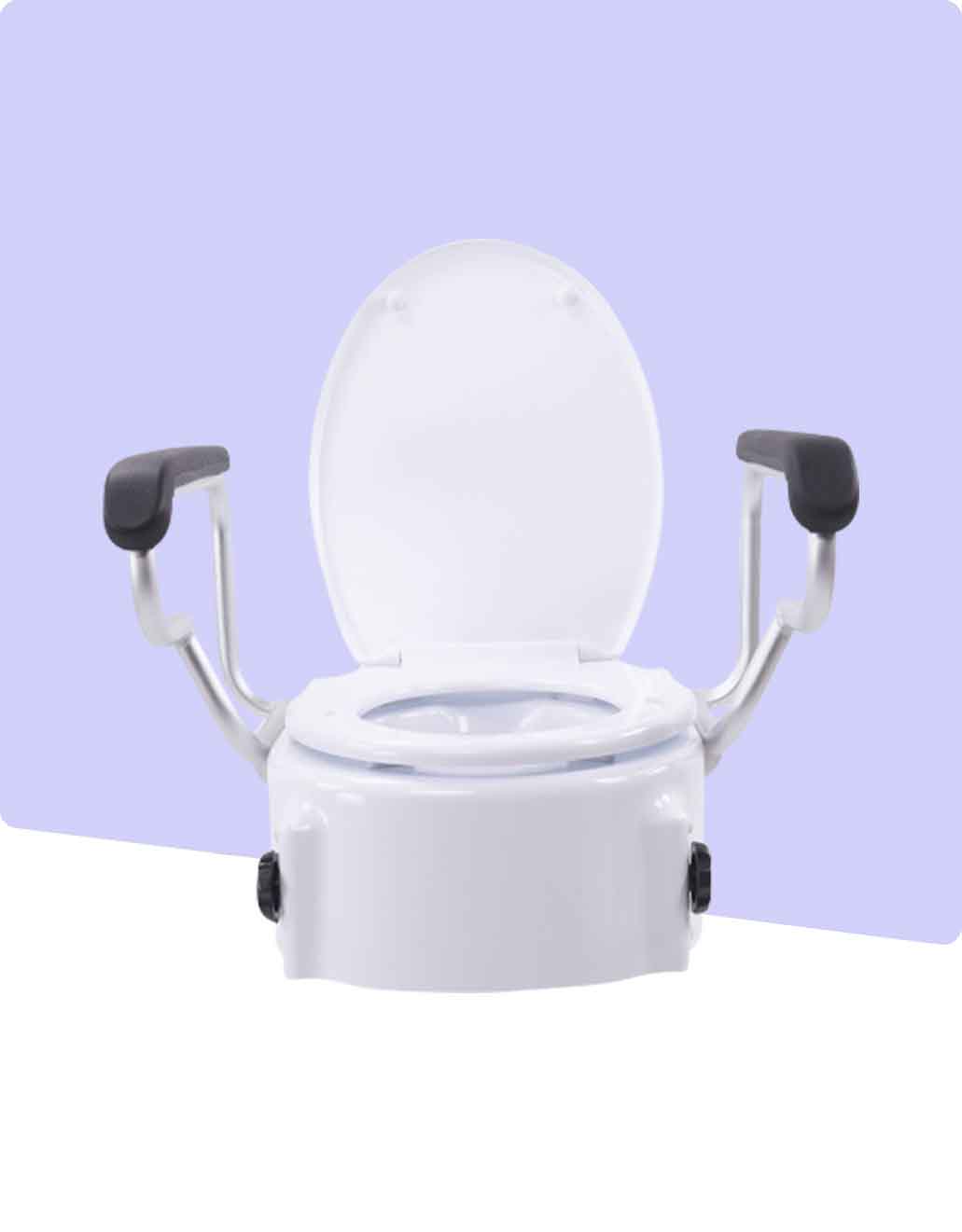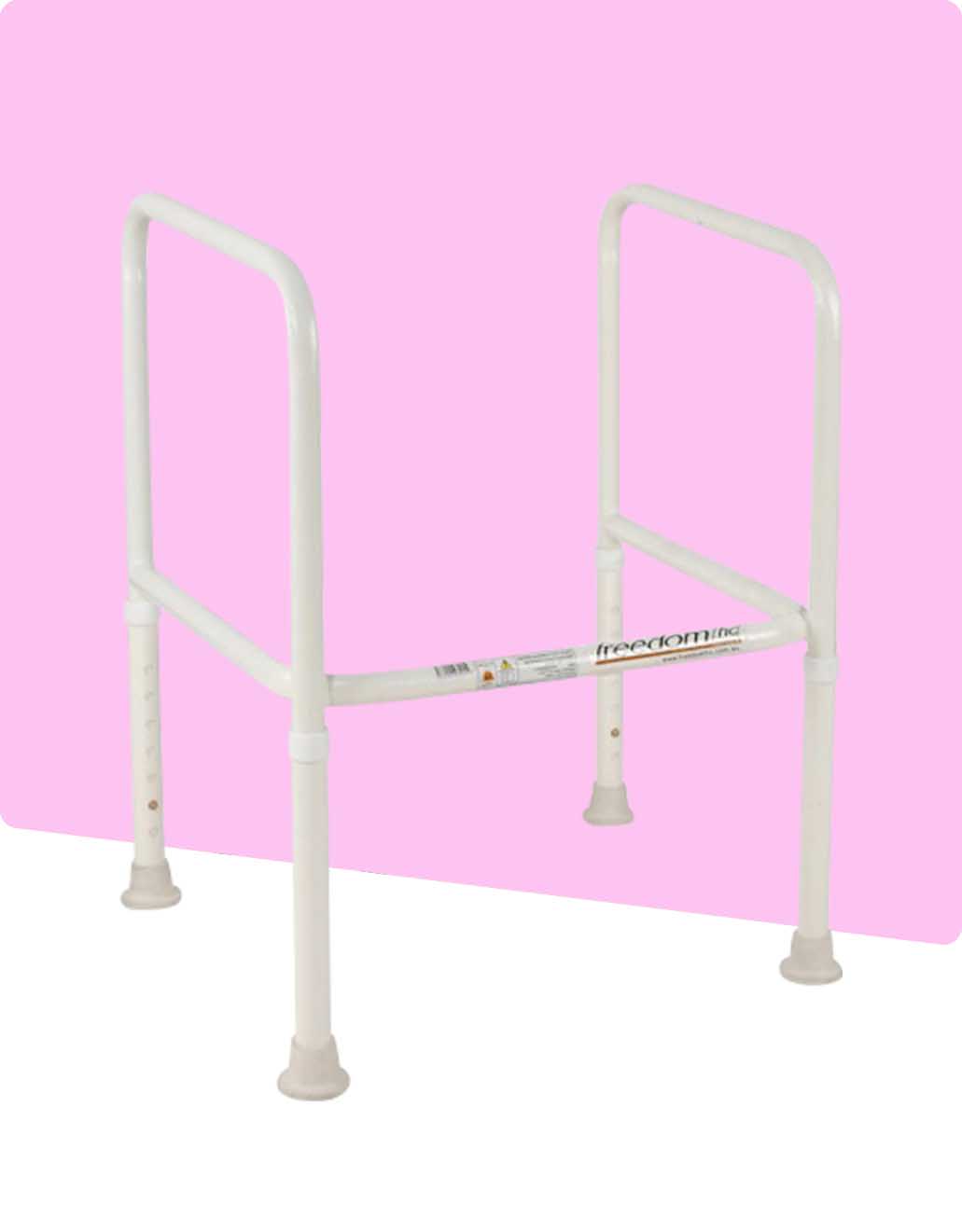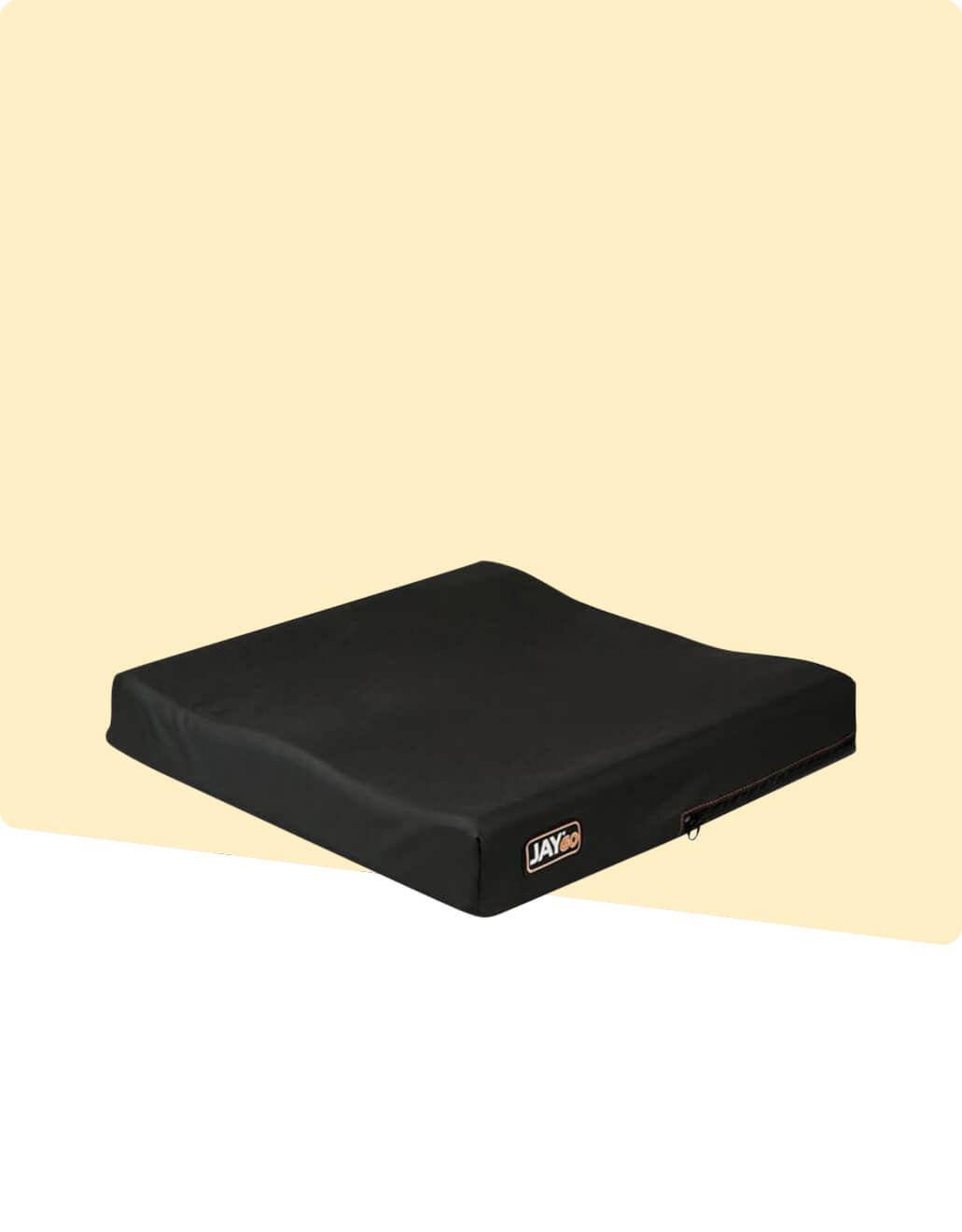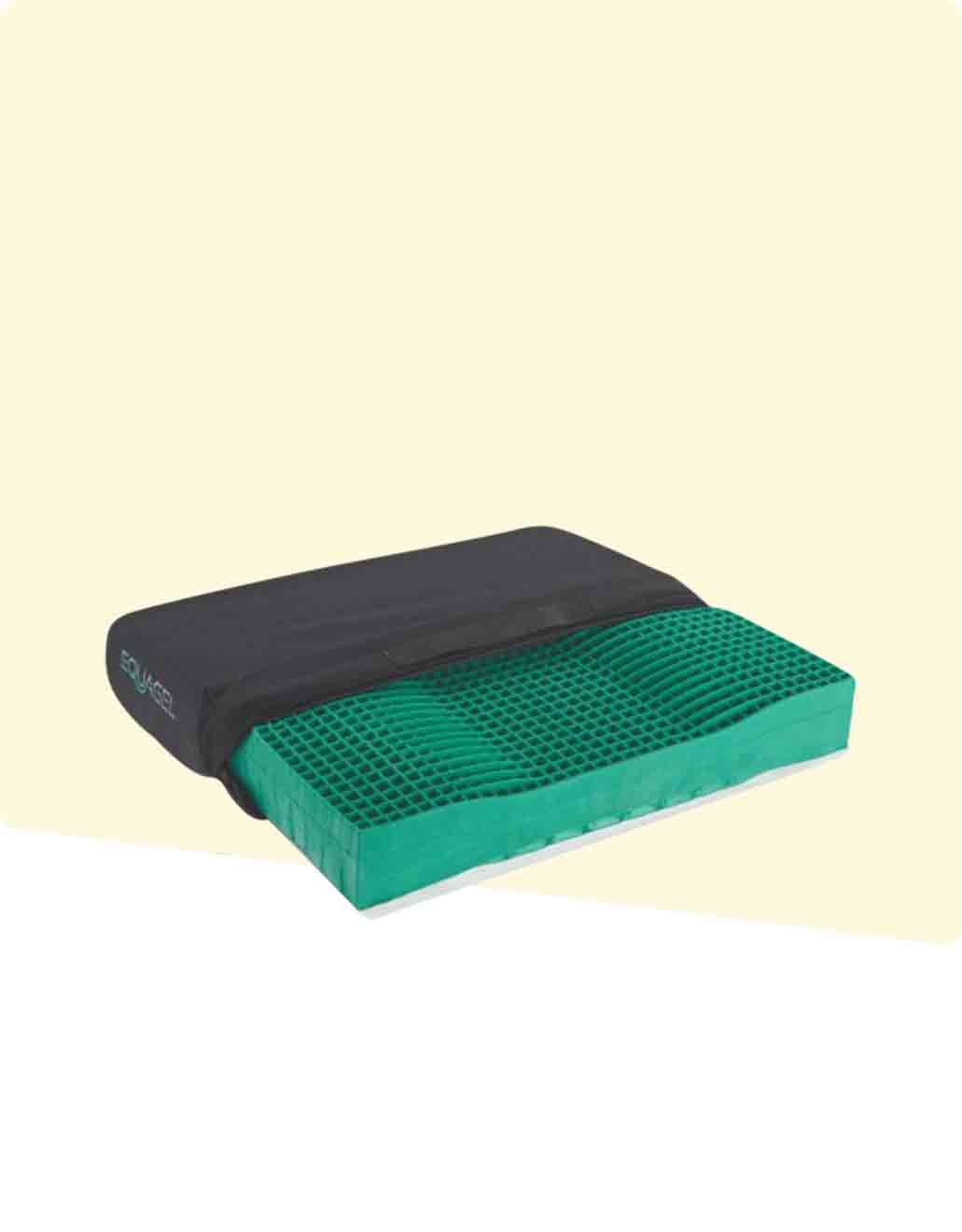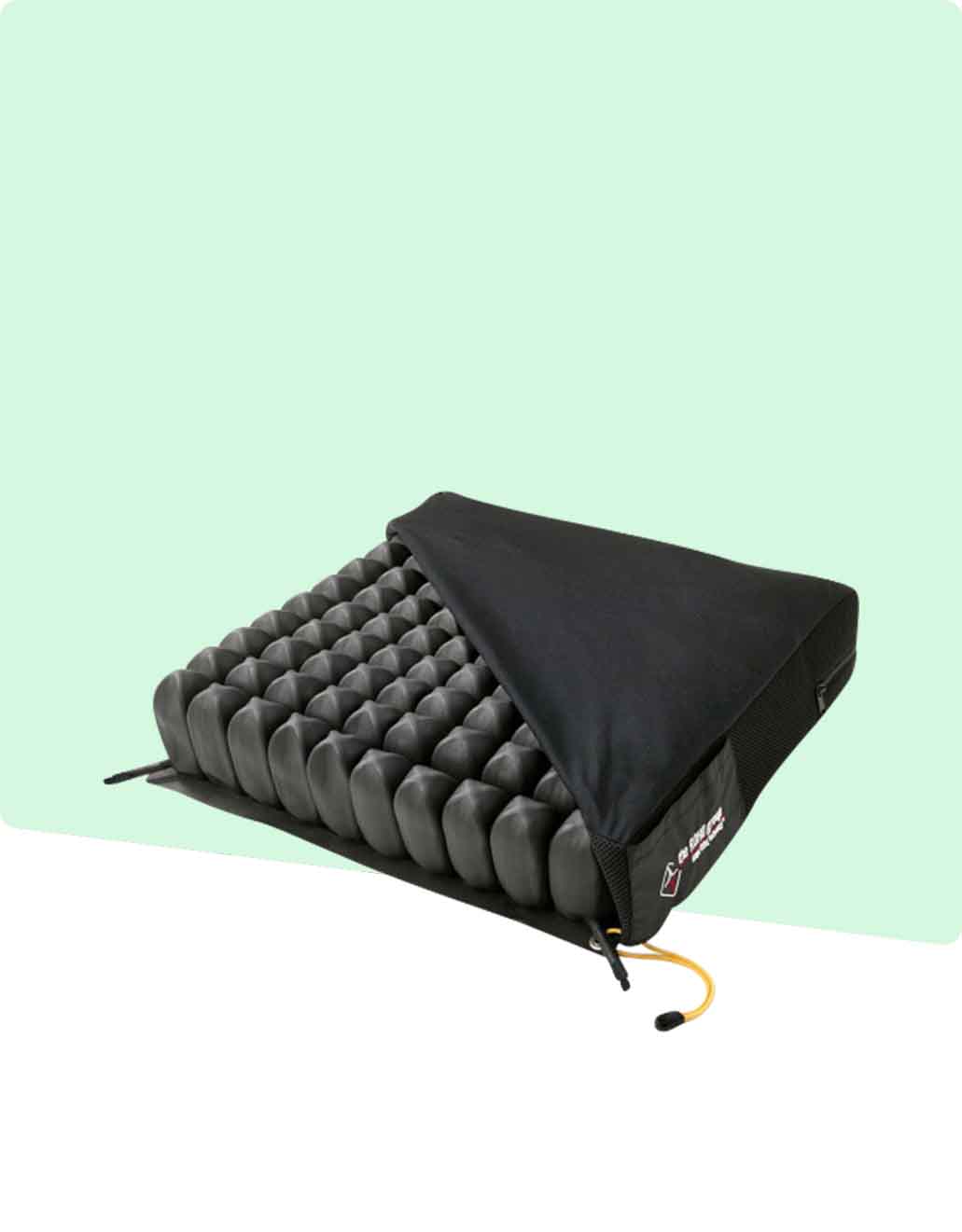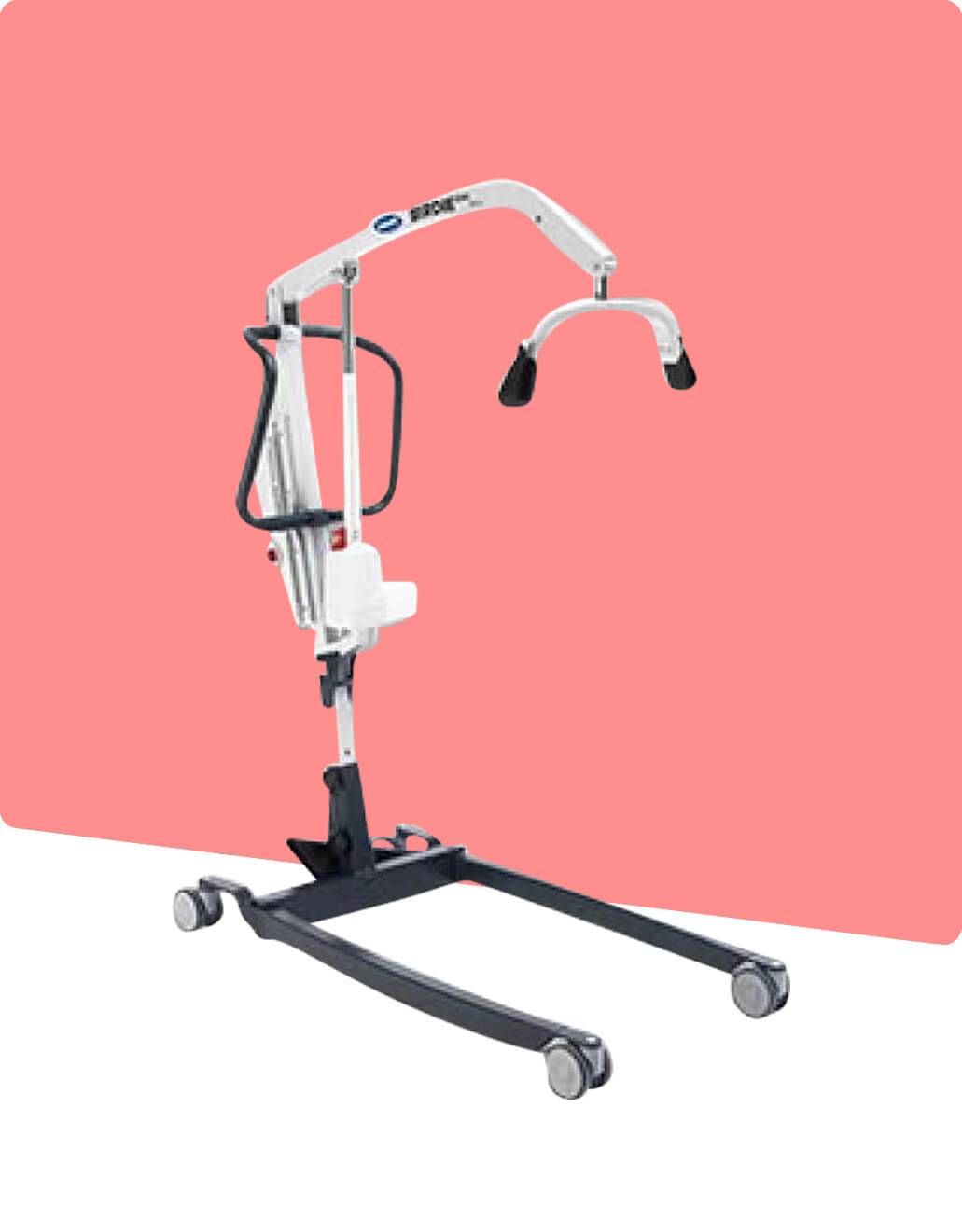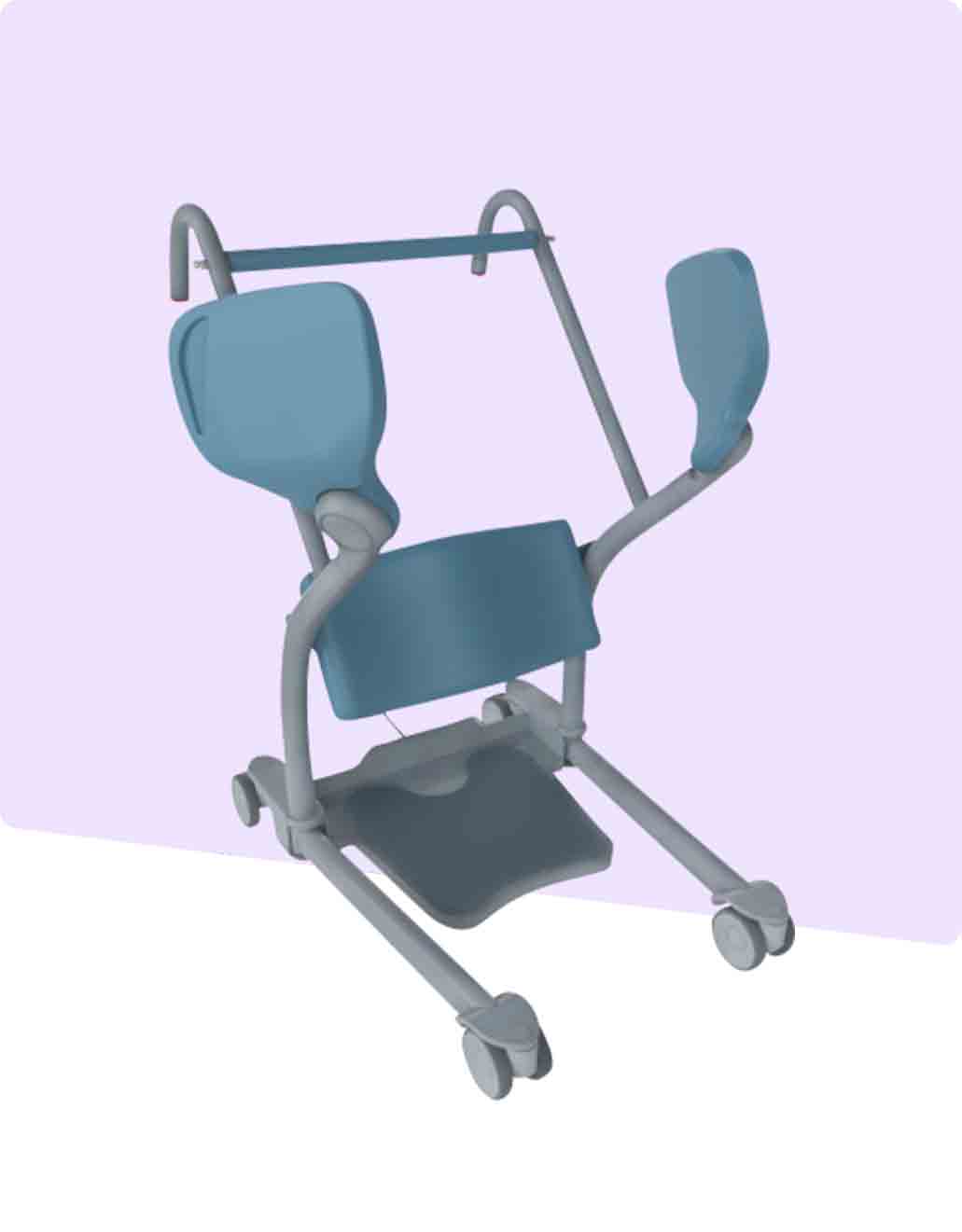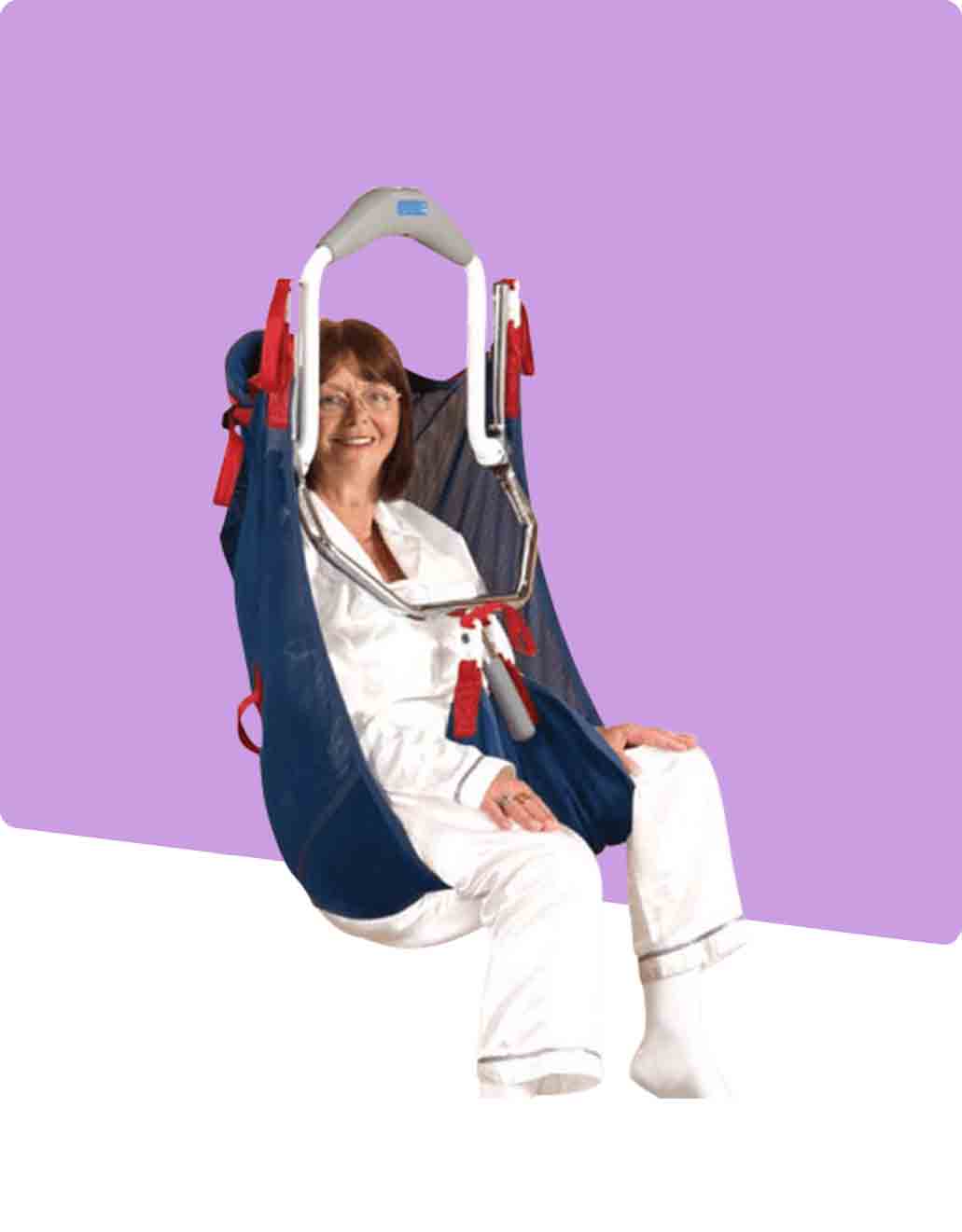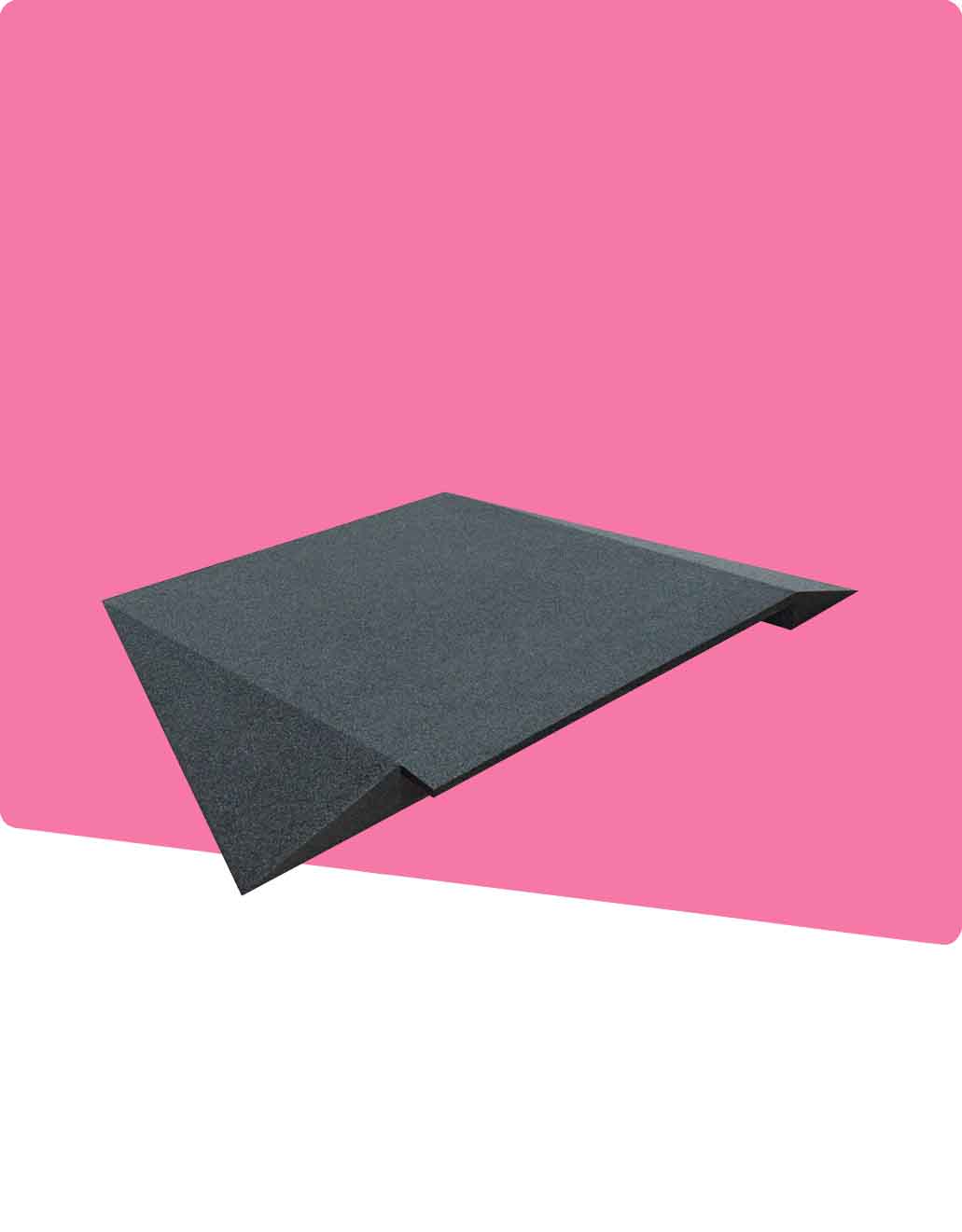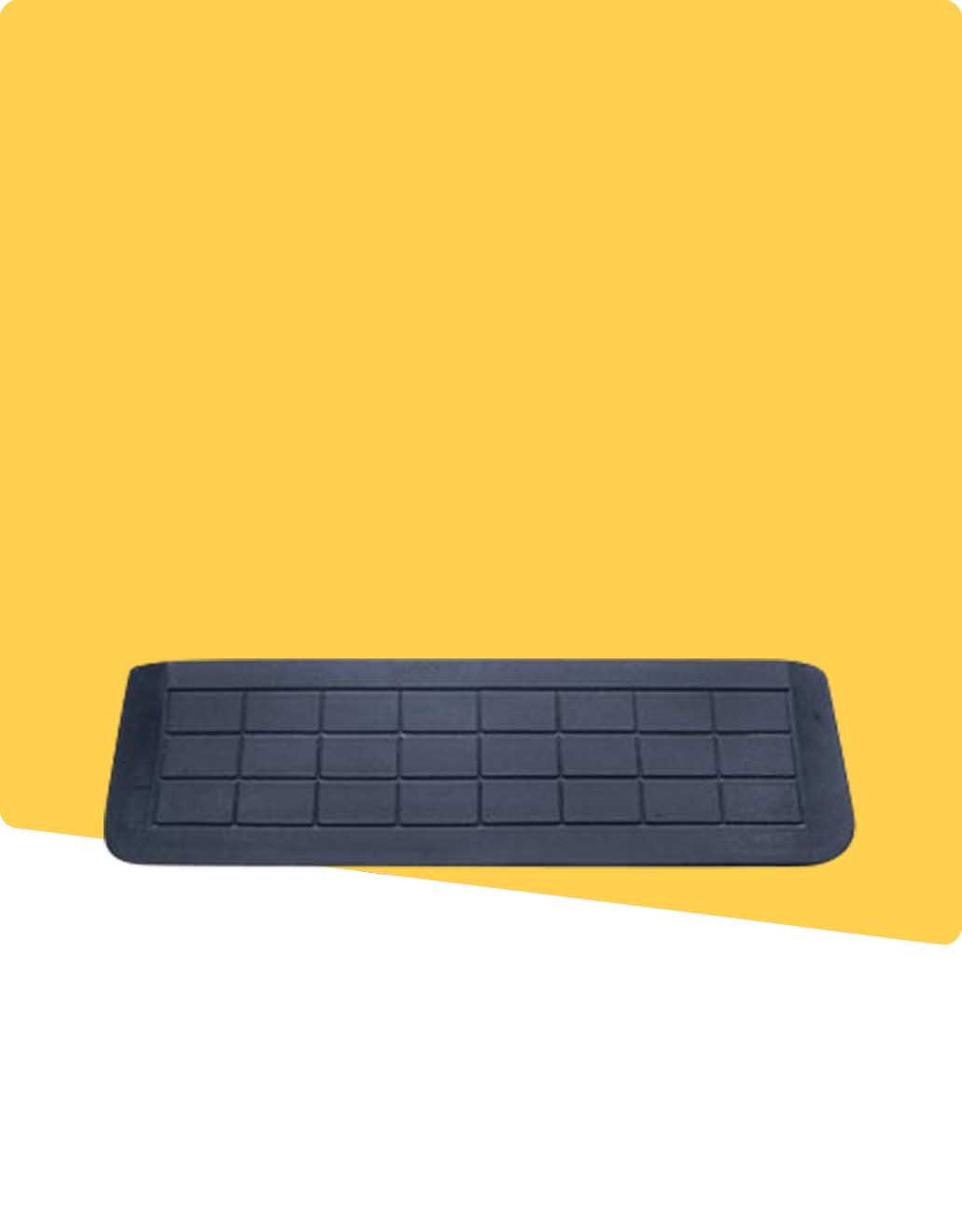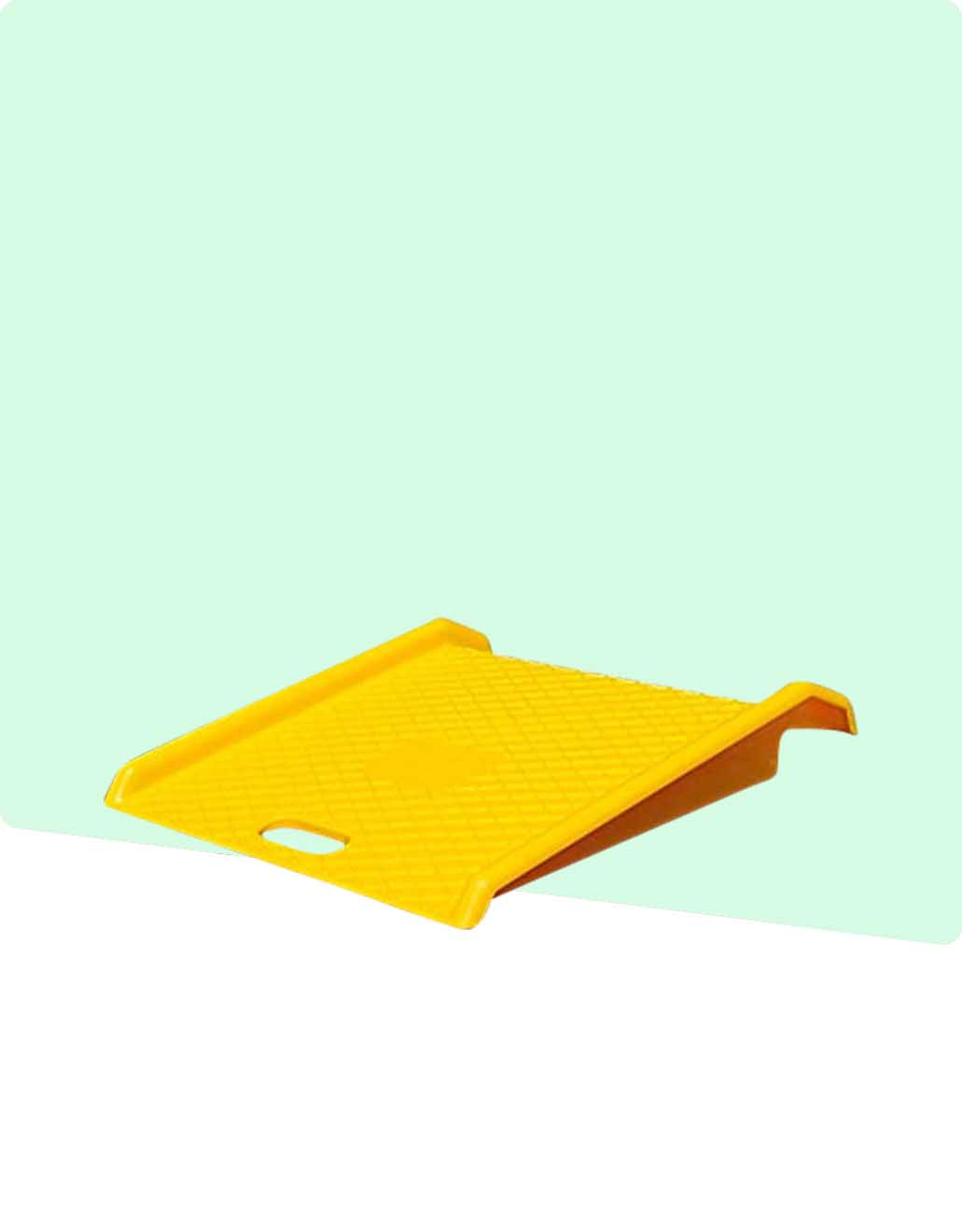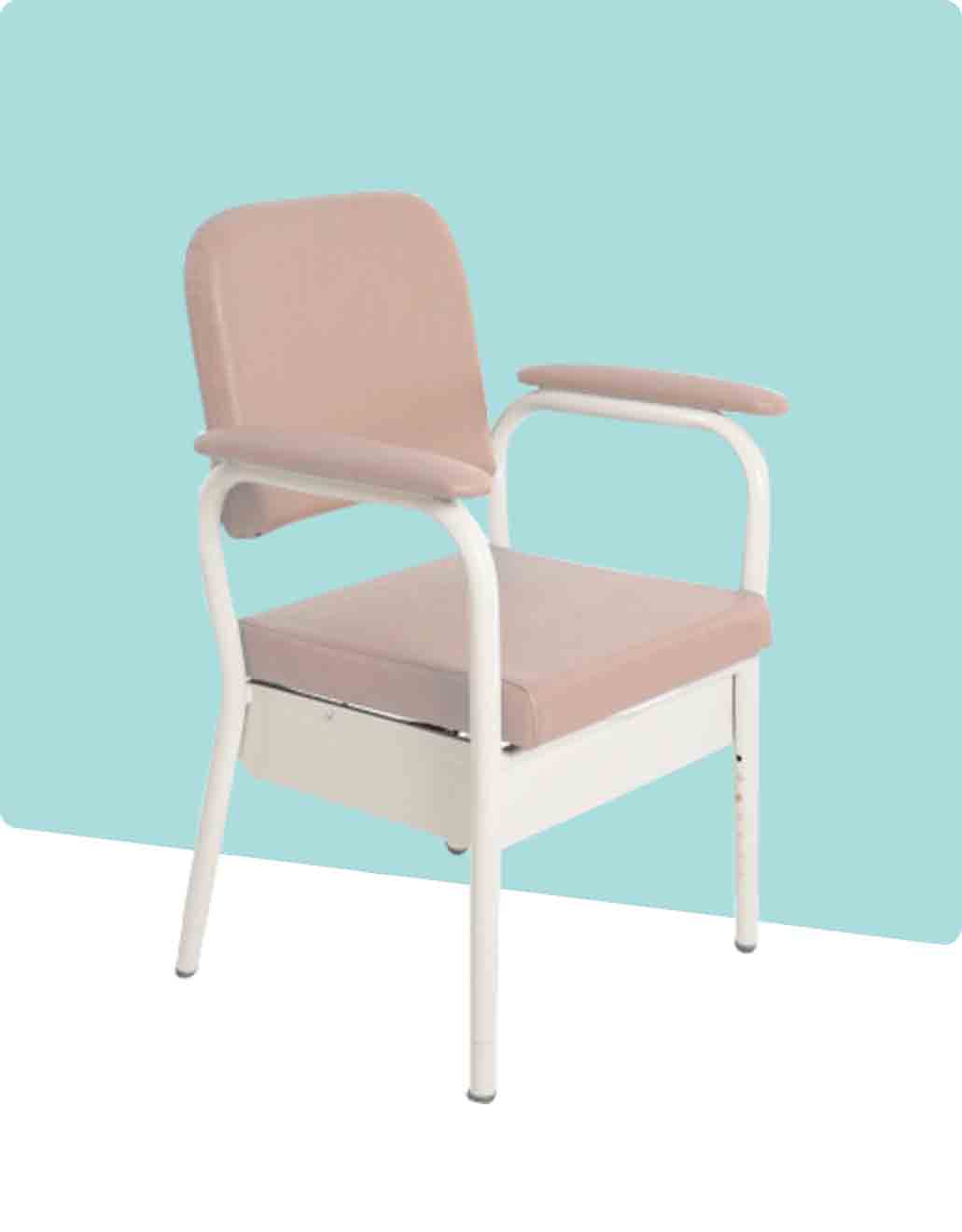Fall Prevention Starts at Home: Walkers, Canes and Smart Living Tips for Safer Independence
by Deborah Batchelor on Nov 03, 2025
Preventing Falls Before They Happen: Walk with Confidence Again with Smart Mobility Solutions from Adaptive Equipment
Falls are one of the leading causes of injury among older Australians and those with mobility challenges. Yet, many of these incidents can be prevented through a combination of environmental adjustments, improved strength and balance, and -importantly - the right mobility aids.
At Adaptive Equipment, we believe that prevention begins long before a fall ever occurs. By proactively identifying risks and providing the right tools - such as Mobility Walkers and Canes - we can help individuals stay safe, confident and independent in their homes and communities.
In this article, we’ll explore the common causes of falls, practical steps to reduce risks, and how choosing the right walking aid can help you move with renewed confidence.
Understanding Why Falls Happen
Falls rarely happen by chance - they’re often the result of a combination of factors. Recognising these factors early is key to preventing them.
Some of the most common contributors include:
- Muscle weakness and balance issues – Natural age-related changes, chronic health conditions or reduced physical activity can impact stability and coordination.
- Environmental hazards – Loose rugs, poor lighting, cluttered walkways and uneven surfaces are some of the biggest culprits.
- Footwear and flooring – Shoes that are too loose, too tight or have slippery soles can lead to missteps, especially on polished or tiled floors.
- Medication side effects – Some medications can cause dizziness, blurred vision or drowsiness, increasing fall risk.
- Poorly fitted or missing mobility aids – Using the wrong type of walking aid - or not using one when needed - can compromise balance and posture.
Occupational Therapists often describe falls as 'multifactorial' - meaning there’s rarely one single cause. That’s why a comprehensive approach that combines safety awareness, physical conditioning, and the right equipment is so important.
The Emotional Side of Falling: Regaining Confidence
Beyond the physical injuries, falls can have a significant emotional impact. Many people report losing confidence after even a minor fall, which can lead to a fear of walking or going out. This fear, known as 'post-fall anxiety', often results in reduced activity levels, social withdrawal and further muscle weakness - ironically increasing the risk of future falls.
Restoring confidence is just as vital as preventing falls themselves. With the right guidance and equipment, individuals can rebuild trust in their abilities and reclaim their independence.
That’s where thoughtful use of mobility aids - like Canes and Walkers - plays such a critical role.
Walking Aids: Tools for Safety and Independence
Walking aids aren’t a sign of weakness - they’re an expression of independence. They allow users to continue doing the things they love, safely and confidently.
At Adaptive Equipment, we stock a wide range of Mobility Walkers and Canes designed to suit different needs, lifestyles and environments. But first, it’s helpful to understand the role these aids play in daily life.
1. Canes: Light Support for Balance and Confidence
Canes, sometimes called walking sticks, provide light to moderate stability for those who can still walk independently but need extra support.
Ideal for:
- Mild balance issues
- Occasional unsteadiness
- Pain or weakness on one side (such as after a stroke or hip replacement)
Key features to consider:
- Ergonomic handles: Designed for comfort and pressure relief during long periods of use.
- Adjustable height: Ensures correct posture and optimal support.
- Non-slip ferrules (tips): Provide grip and stability on different surfaces.
- Quad canes: Feature a four-point base for enhanced balance support.
A properly fitted cane can make all the difference. Occupational Therapists often advise adjusting the cane so that the handle sits at the crease of the wrist when the user stands upright, allowing a slight elbow bend when holding it.
At Adaptive Equipment, our selection includes lightweight aluminium designs, foldable travel options, and stylish canes that blend safety with comfort and confidence.
2. Walkers: Advanced Support for Daily Mobility
Walkers provide more substantial assistance for those with balance concerns, lower limb weakness, or fatigue during walking.
There are several types of walkers available:
Standard Walkers (Zimmer Frames)
Walkers provide the most stability but require lifting between steps, making them ideal for shorter distances or rehabilitation environments.
Wheeled Walkers (Two-Wheel or Four-Wheel Rollators)
These are the most popular everyday choice, offering a balance of mobility and safety. Rollators feature wheels for easy movement, hand brakes for control and a seat for resting when needed.
Benefits of using a mobility walker include:
- Reduced risk of falls
- Improved posture and walking confidence
- Increased endurance and independence
- The ability to carry items safely using trays, baskets or bags
Modern designs, such as those available through Adaptive Equipment, combine lightweight aluminium frames with ergonomic handles, large wheels for outdoor stability, and adjustable features for personalised comfort.
Smart Solutions for Safer, More Independent Living
Preventing falls isn’t just about equipment - it’s about creating a home environment that supports safe, confident movement every day. Here are some 'evidence-based strategies' that Occupational Therapists recommend.
1. Assess and Adapt the Home Environment
Small changes can have a big impact:
- Remove trip hazards like cords, clutter or loose mats.
- Install grab rails in high-risk areas such as bathrooms and stairs.
- Improve lighting - especially at night in hallways or near the bathroom.
- Consider contrasting colours for steps, door frames and edges to aid depth perception.
- Ensure furniture is sturdy and arranged to create clear walking paths.
Adaptive Equipment offers a range of home safety solutions - such as Grab Bars, Threshold Ramps, and Non-Slip Mats - that make daily tasks safer and easier.
2. Stay Active and Maintain Strength
Regular physical activity is one of the most effective ways to reduce falls. Even light exercises like walking, tai chi or gentle resistance training can improve balance, coordination and leg strength.
Many local councils and community centres across Australia offer Falls Prevention Programs run by allied health professionals. These sessions are designed to help older adults build confidence while learning how to move safely.
Pairing exercise with the right mobility aid ensures ongoing support as strength improves - helping users stay mobile while reducing the risk of another fall.
3. Work with an Occupational Therapist
An Occupational Therapist (OT) can assess your home environment, walking ability and overall safety. OTs are trained to identify risk factors and recommend equipment that matches your specific needs.
For example, an OT might:
- Recommend a cane or walker suited to your balance level and lifestyle.
- Adjust the height and handle position to ensure ergonomic comfort.
- Suggest modifications to your home layout for safer mobility.
- Provide training on correct walking techniques and fall recovery strategies.
Adaptive Equipment proudly partners with many Occupational Therapists across Australia, ensuring our clients receive professional guidance and the right equipment for their situation.
4. Embrace Technology for Extra Safety
Today’s mobility solutions go beyond the basics. Many modern aids now integrate 'smart features' and advanced materials to improve comfort, safety and convenience.
Examples include:
- Lightweight carbon fibre Walkers for easy handling and portability.
- Foldable Rollators for transport and storage.
- Height-adjustable and ergonomic designs that promote proper posture.
- Reflective accents for outdoor visibility and evening walks.
- Built-in seating and storage for longer outings or shopping trips.
For those living alone, pairing mobility aids with 'wearable alert systems' or 'smart home technology' (like voice-controlled lighting) adds an extra layer of safety and peace of mind.
Rebuilding Confidence: Practical Tips for Everyday Mobility
Confidence grows with practice and preparation. Here are some everyday strategies that make walking safer and more enjoyable:
- Take your time: Rushing increases risk - especially on stairs or uneven ground.
- Plan your path: Look ahead and remove any potential hazards before moving.
- Wear supportive shoes: Avoid loose slippers or shoes with slick soles.
- Use your mobility aid consistently: Even on 'good days', the consistent use of your walker or cane reinforces safety habits.
- Perform regular equipment checks: Ensure rubber tips, brakes and wheels are in good condition.
- Ask for support when needed: Independence doesn’t mean doing everything alone - it means having the right tools and support systems in place.
At Adaptive Equipment, our knowledgeable team can assist in matching each person with the right device - ensuring comfort, safety and confidence from the first step.
When to Upgrade or Replace Your Mobility Aid
Like any tool, mobility aids need to be checked and replaced when they show signs of wear. Here are some indicators that it might be time for an upgrade:
- Worn or slippery rubber tips or ferrules
- Loose handles or unstable joints
- Wheels that stick or wobble
- Rust or corrosion on the frame
- The aid no longer feels stable or comfortable
A well-maintained aid supports your safety - but an ill-fitted or worn-out one can do the opposite. If in doubt, it’s worth consulting an OT or contacting Adaptive Equipment for advice or replacement parts.
Living Safely and Confidently at Home
Ultimately, preventing falls before they happen is about creating a lifestyle that supports 'freedom through safety'. That means combining environmental awareness, regular movement and the right assistive products.
At Adaptive Equipment, we’re passionate about helping Australians live well at every age. Whether you’re recovering from an injury, managing a long-term condition or simply seeking reassurance and balance, our range of Mobility Walkers and Canes can make all the difference.
By investing in the right support today, you can move confidently tomorrow - knowing you’ve taken smart steps toward a safer, more independent life at home.
Final Thoughts
Falling doesn’t have to be a part of ageing or limited mobility. With proactive prevention, professional advice, and quality equipment, every person can 'walk with confidence again'.
Adaptive Equipment is proud to supply thoughtfully designed mobility aids that promote independence and peace of mind - because everyone deserves to feel secure in their own home.
Explore our full range of Mobility Walkers and Canes and discover how simple, smart solutions can help you live safely, confidently and independently - one steady step at a time.

